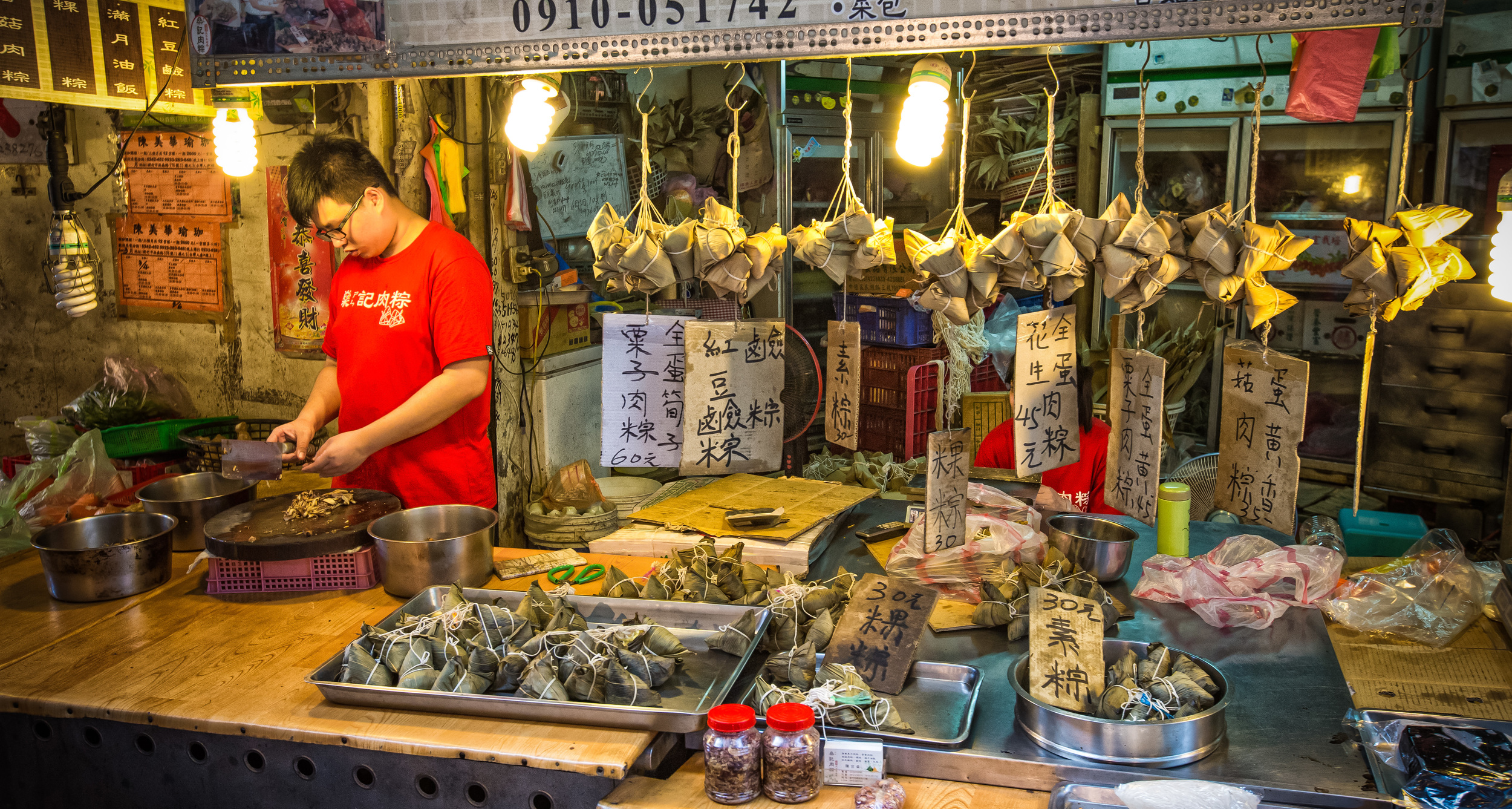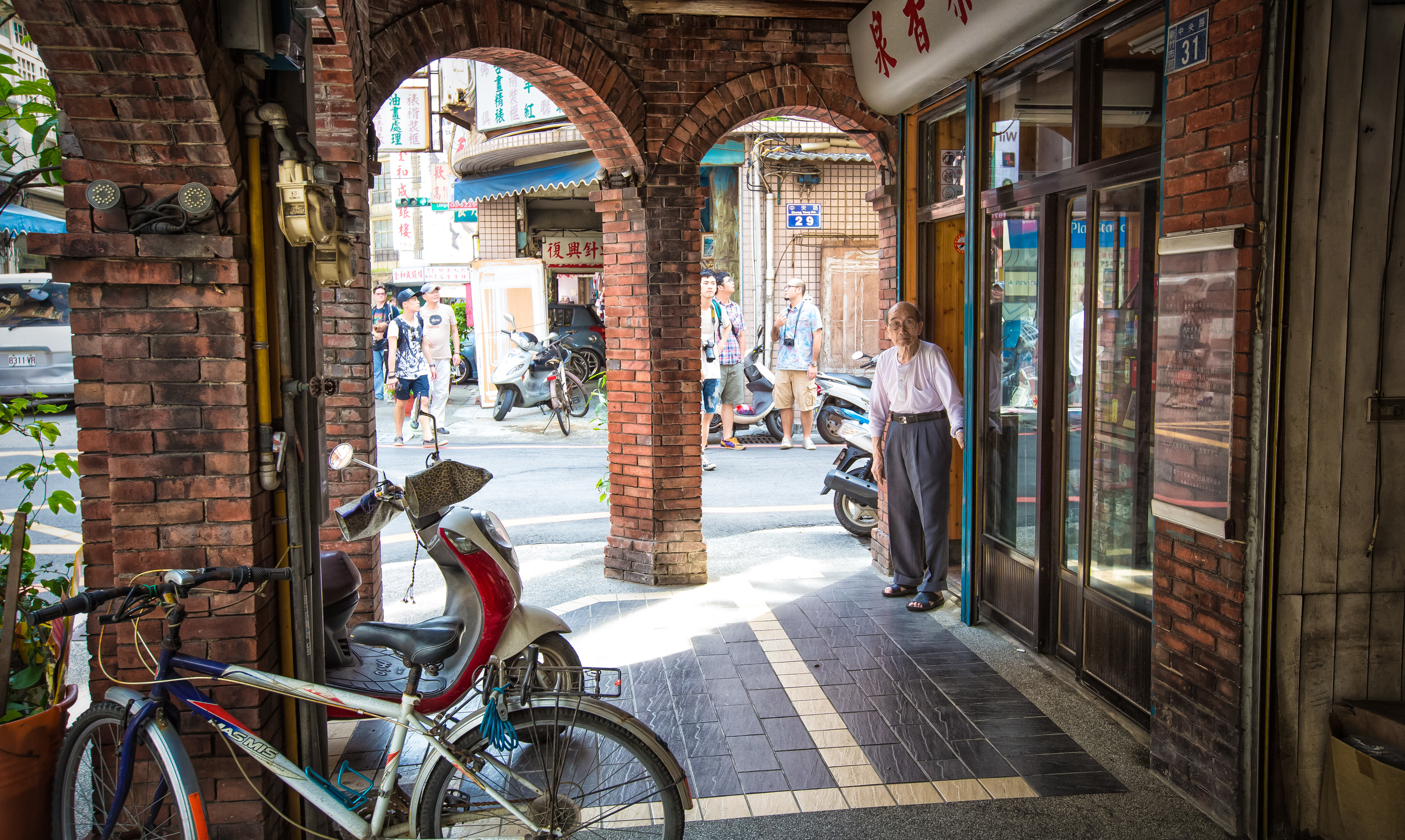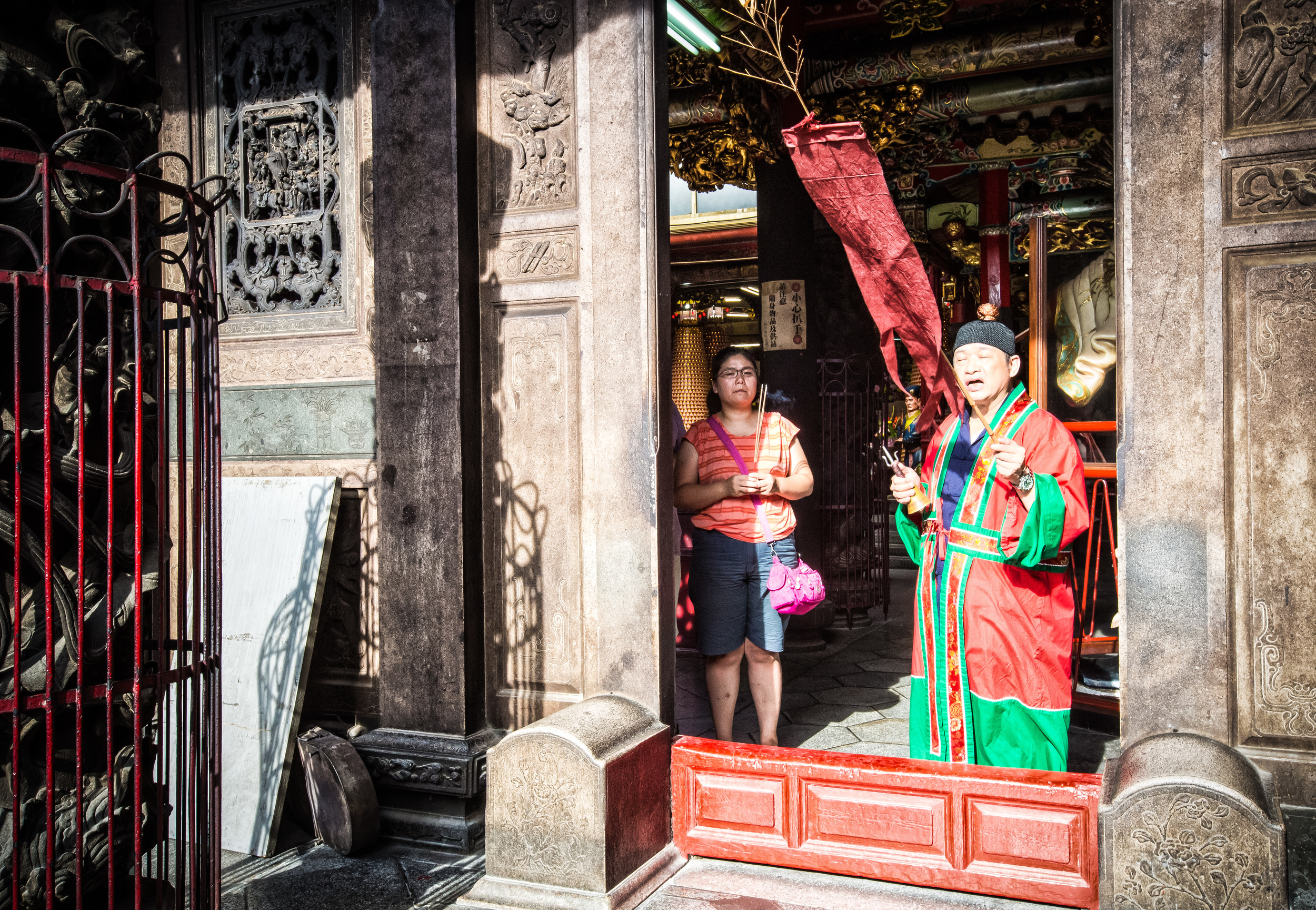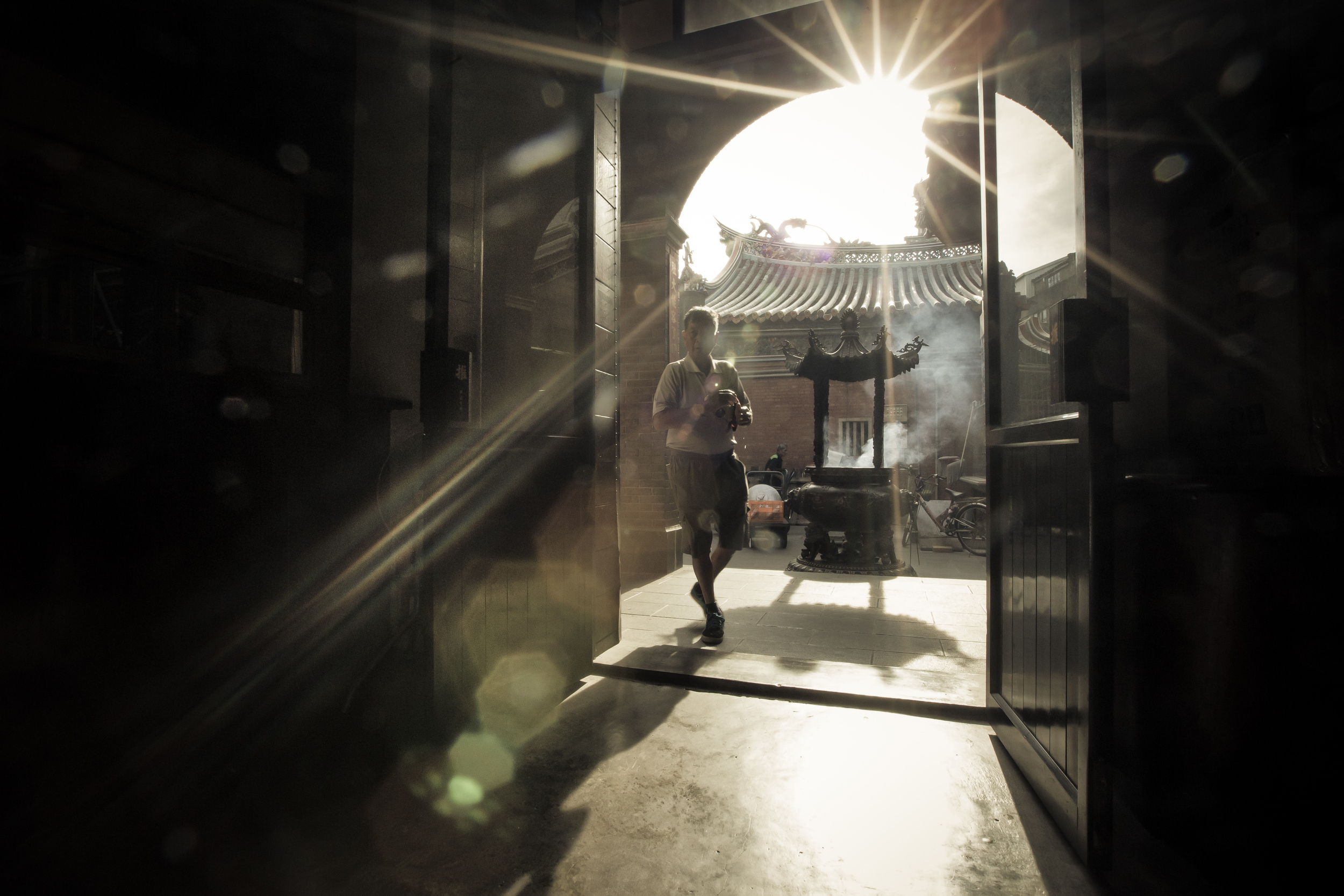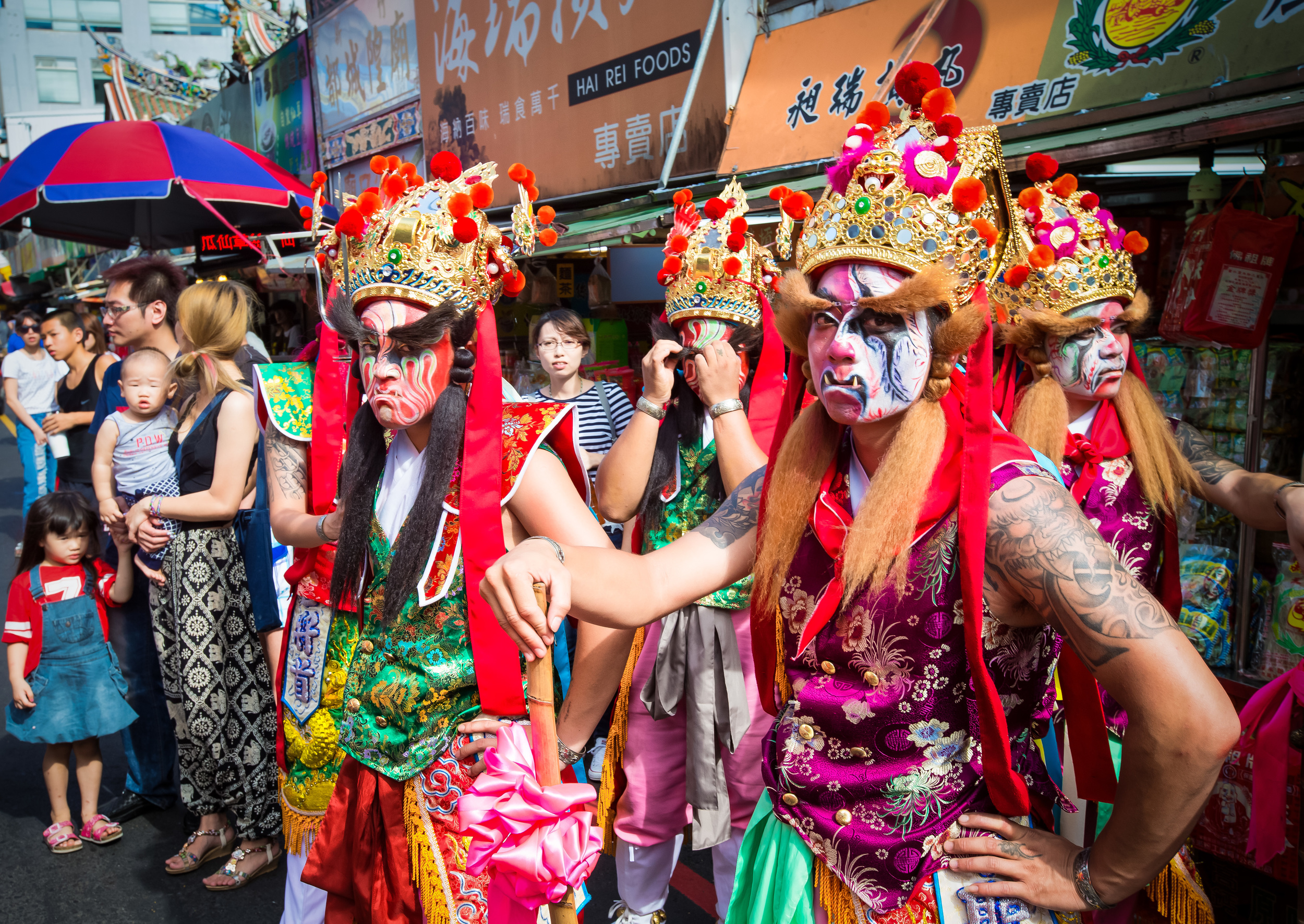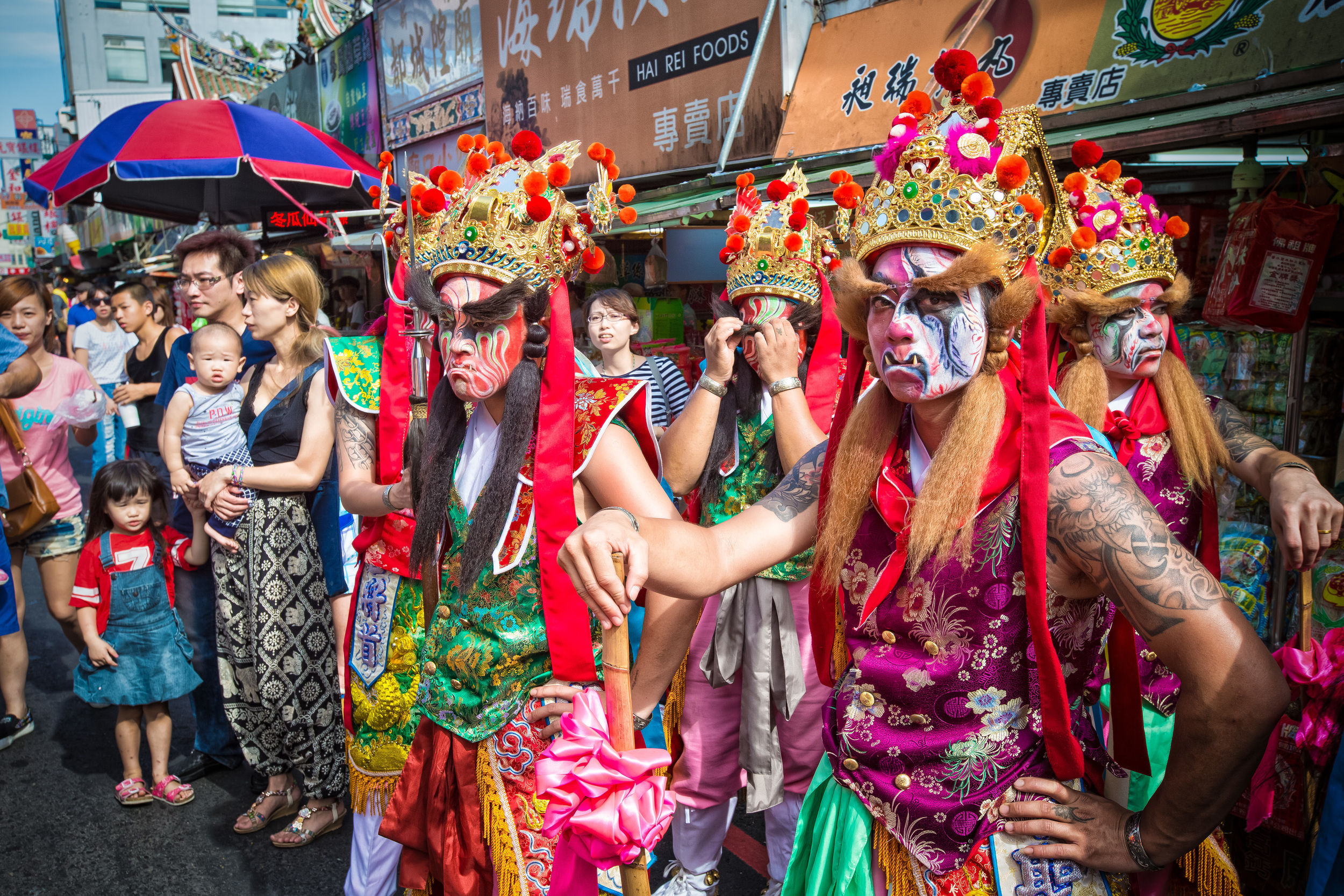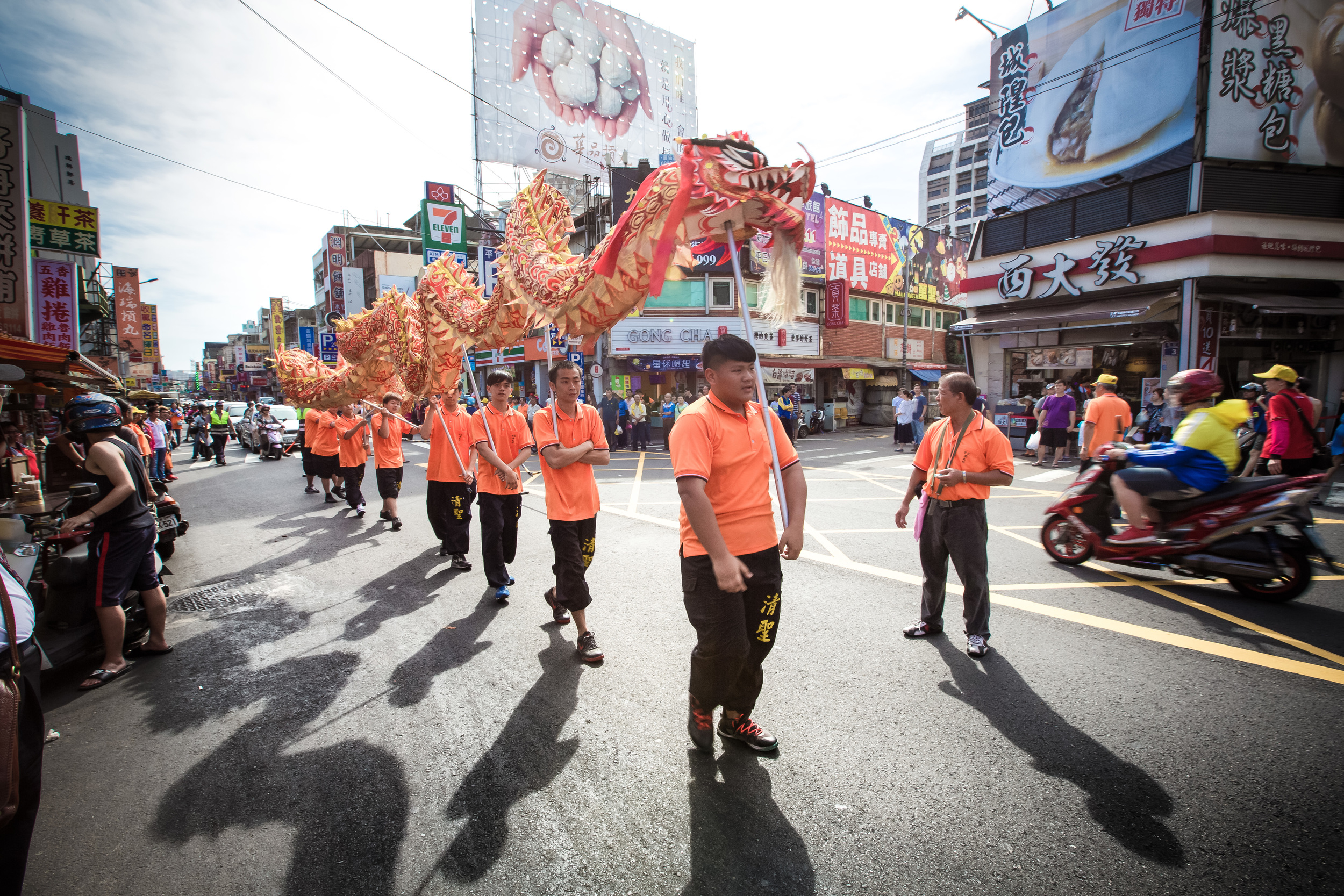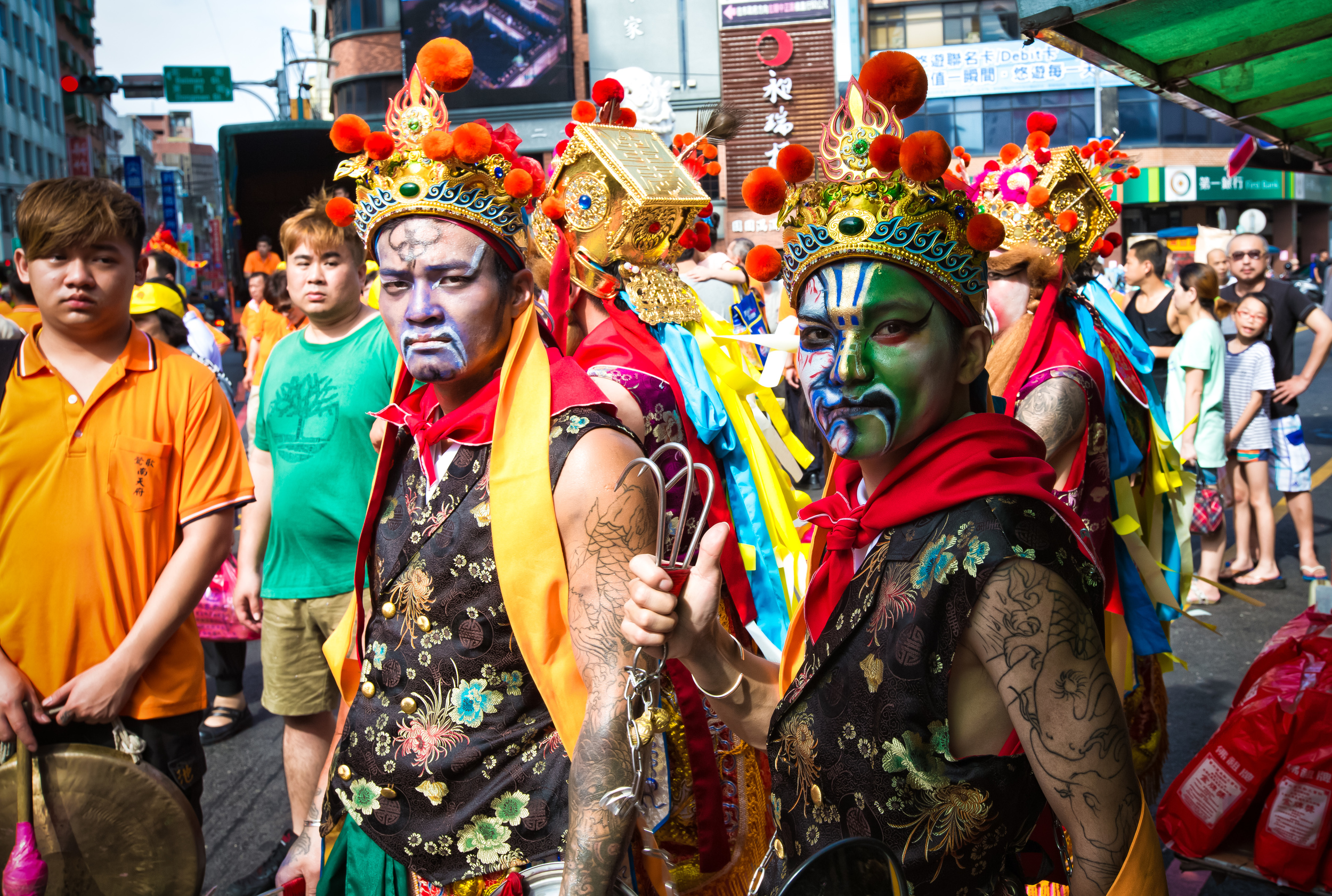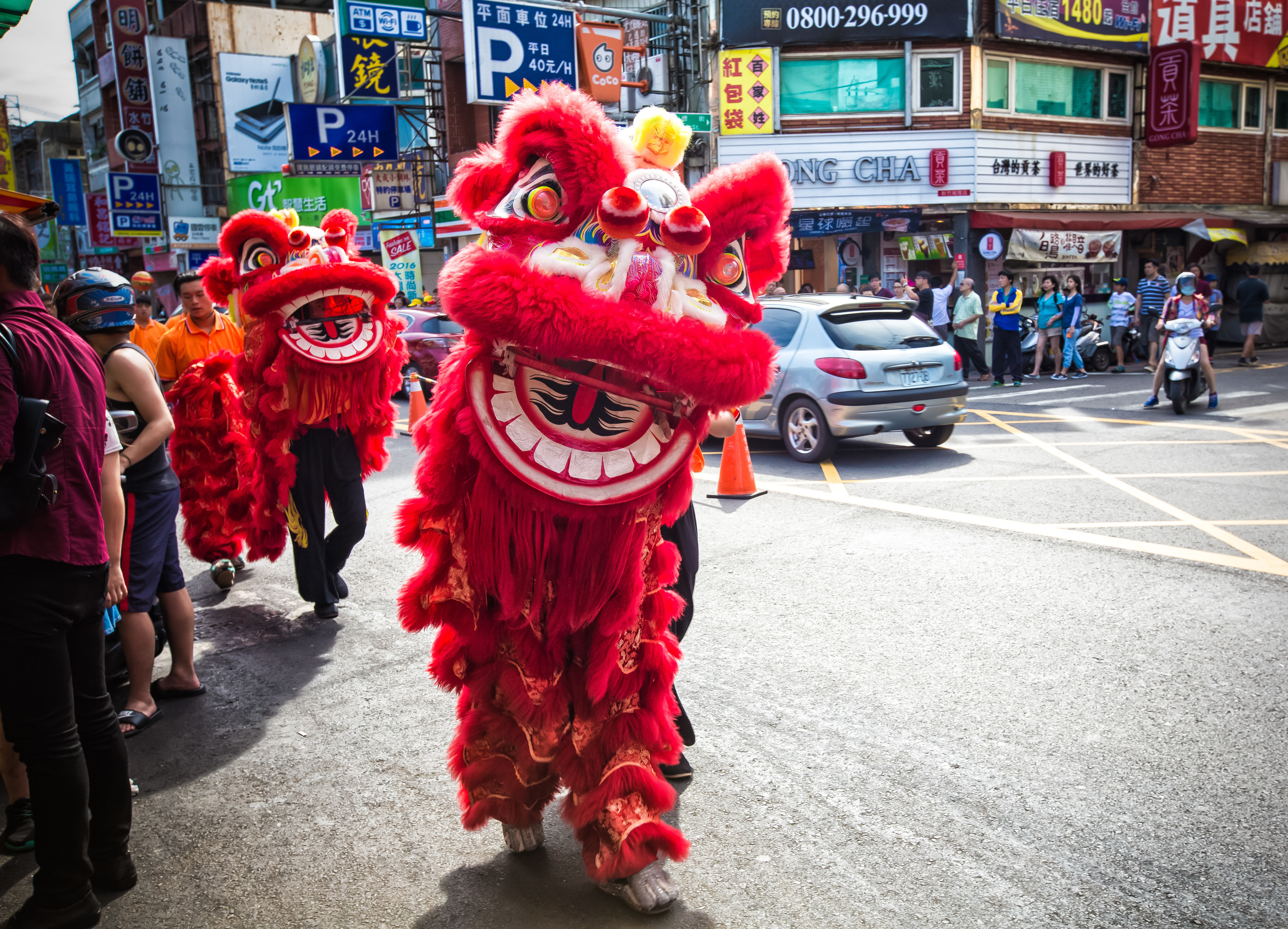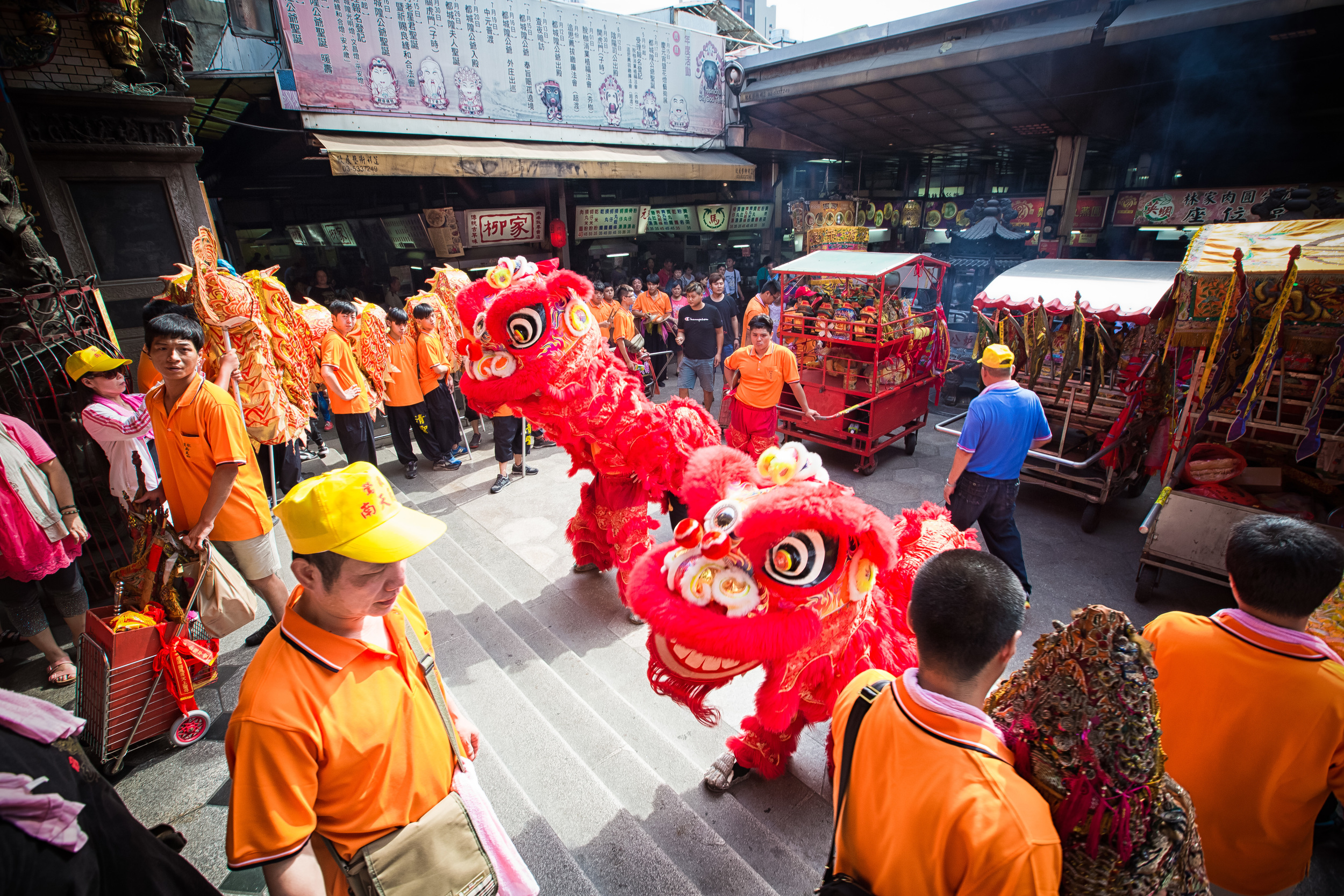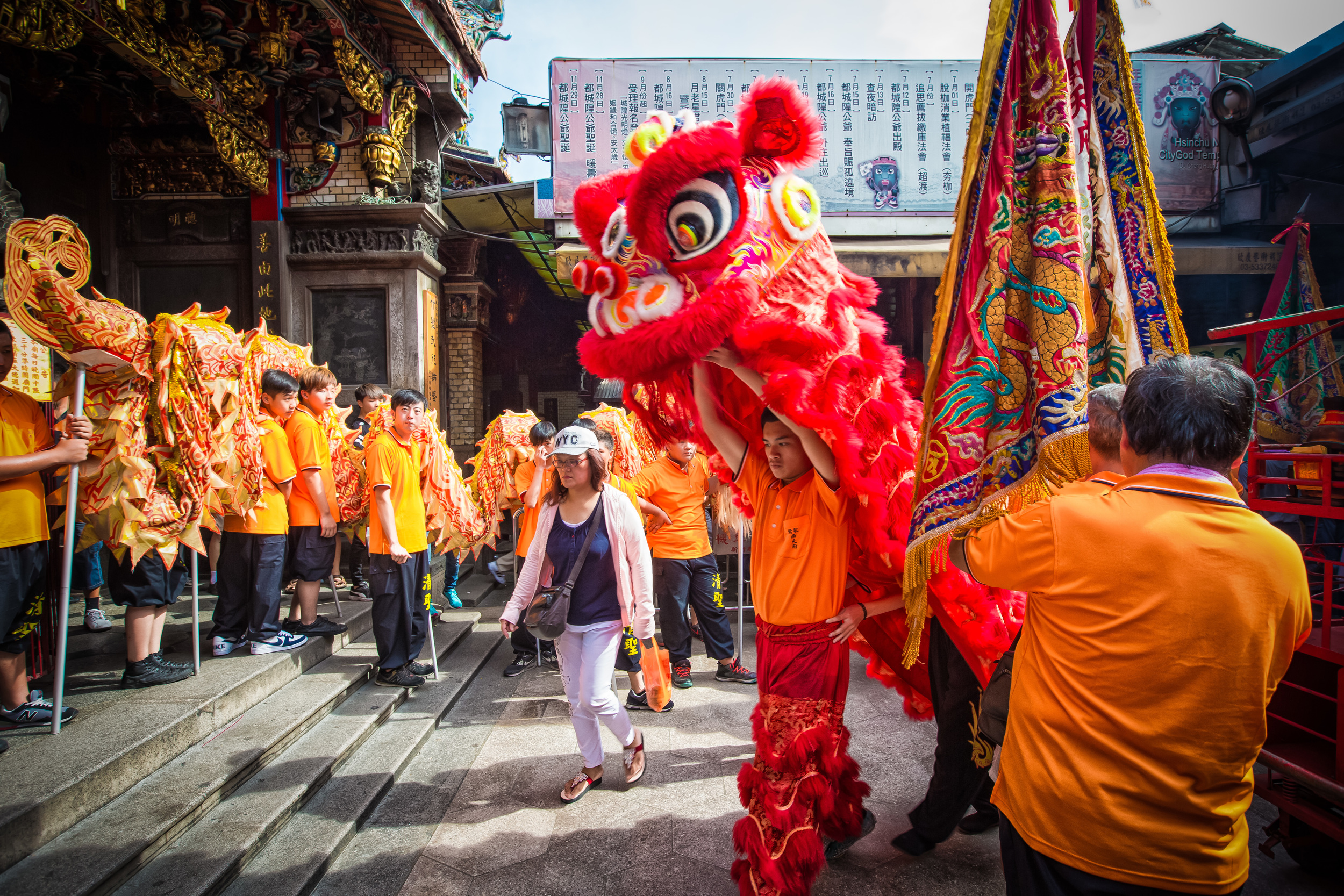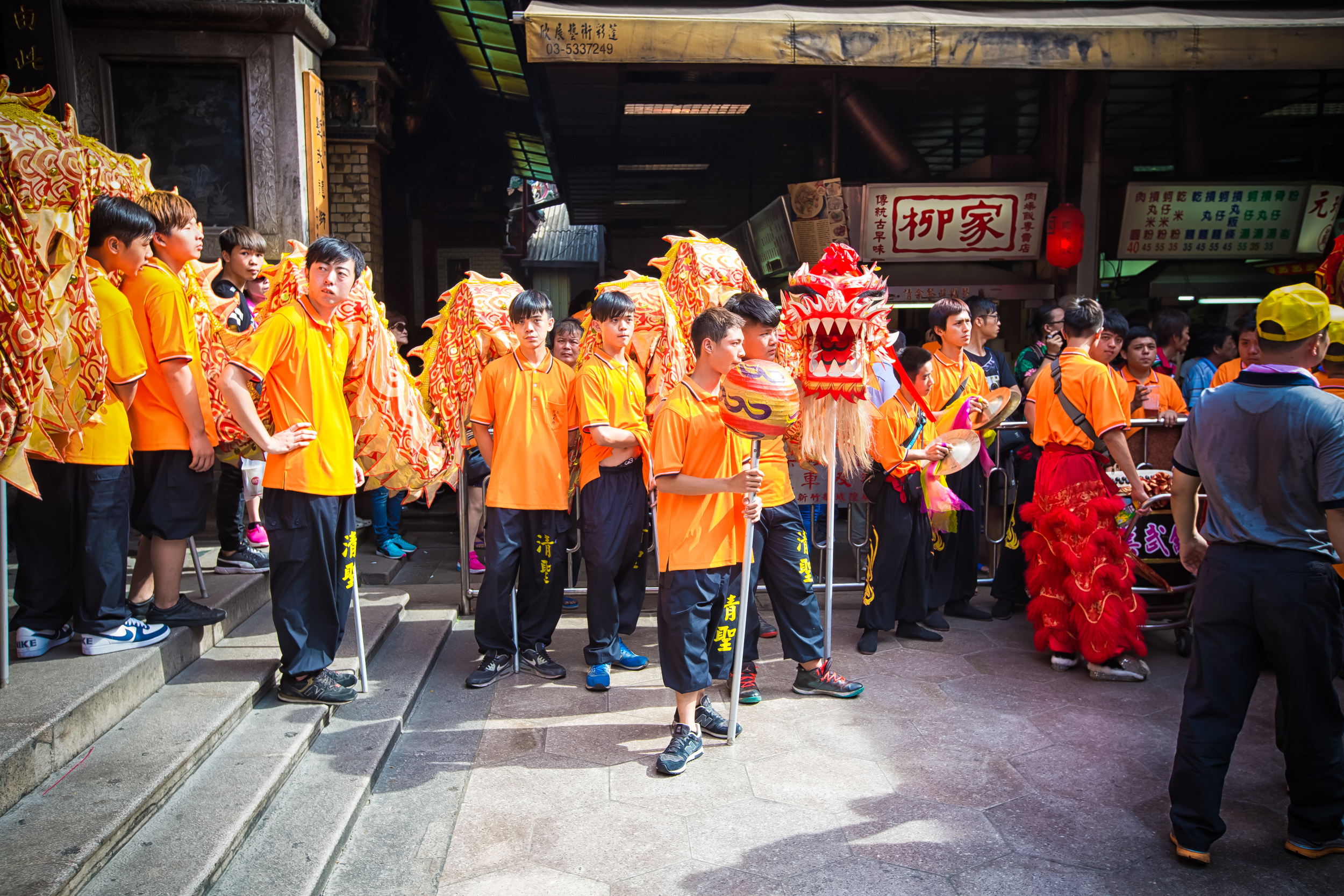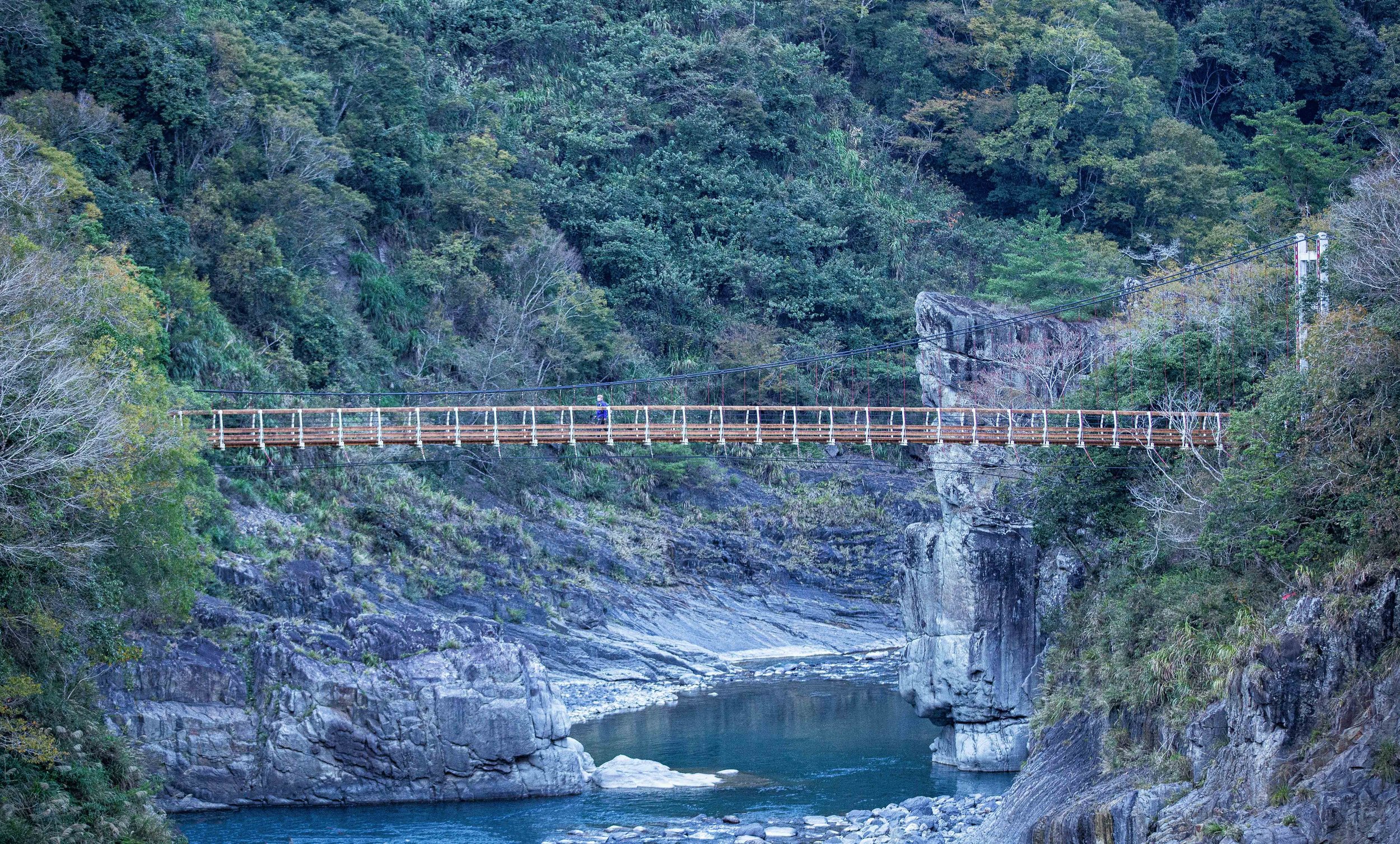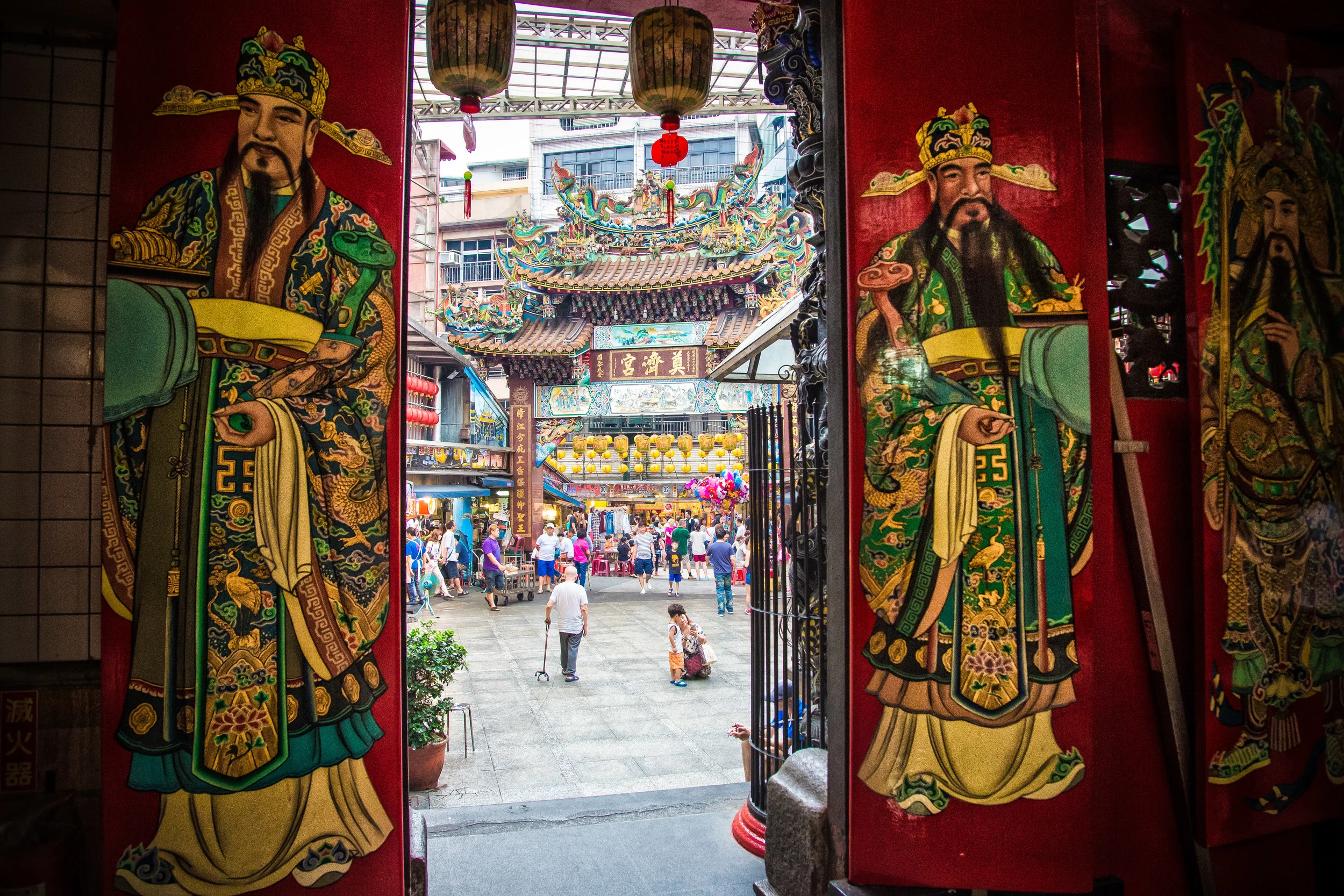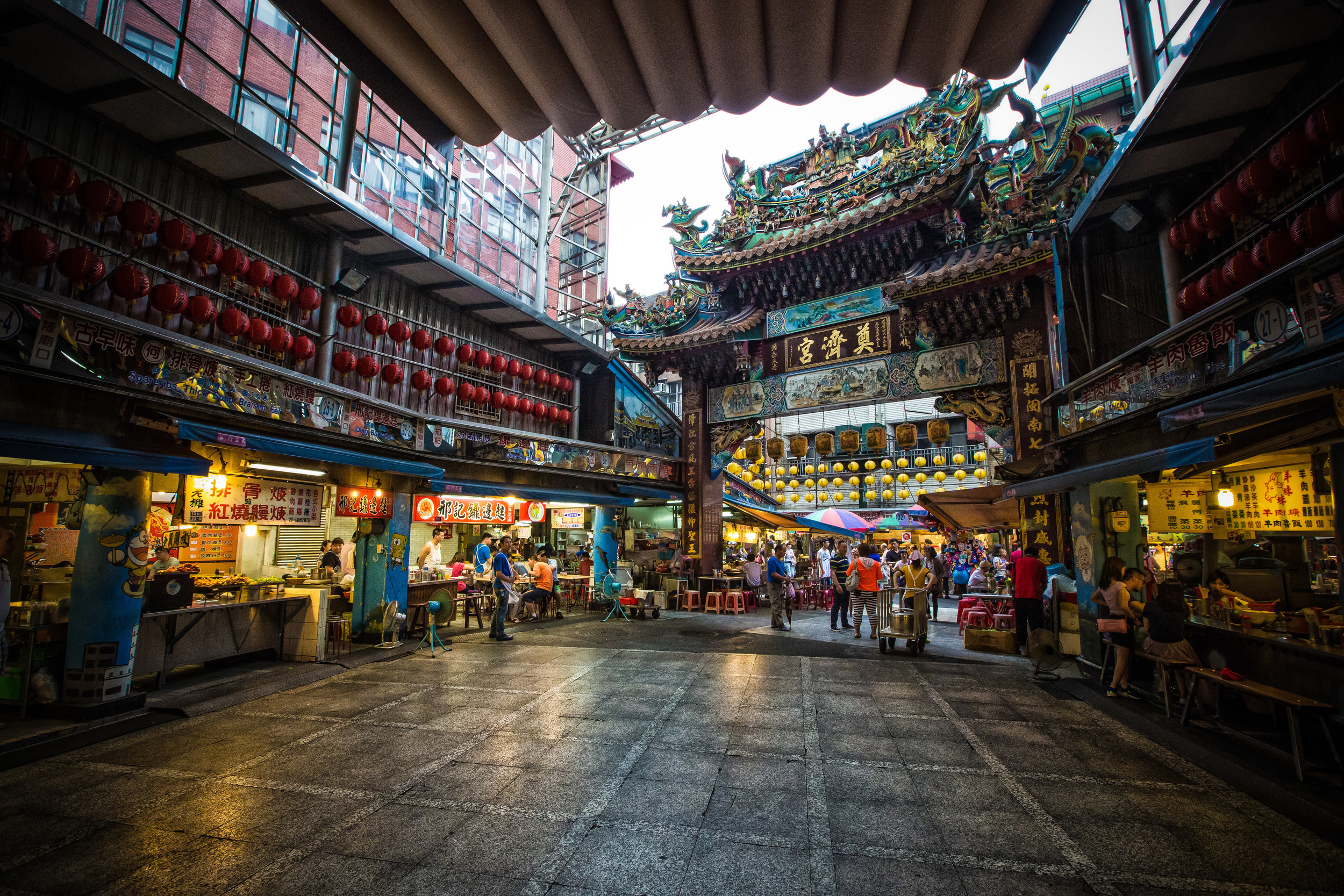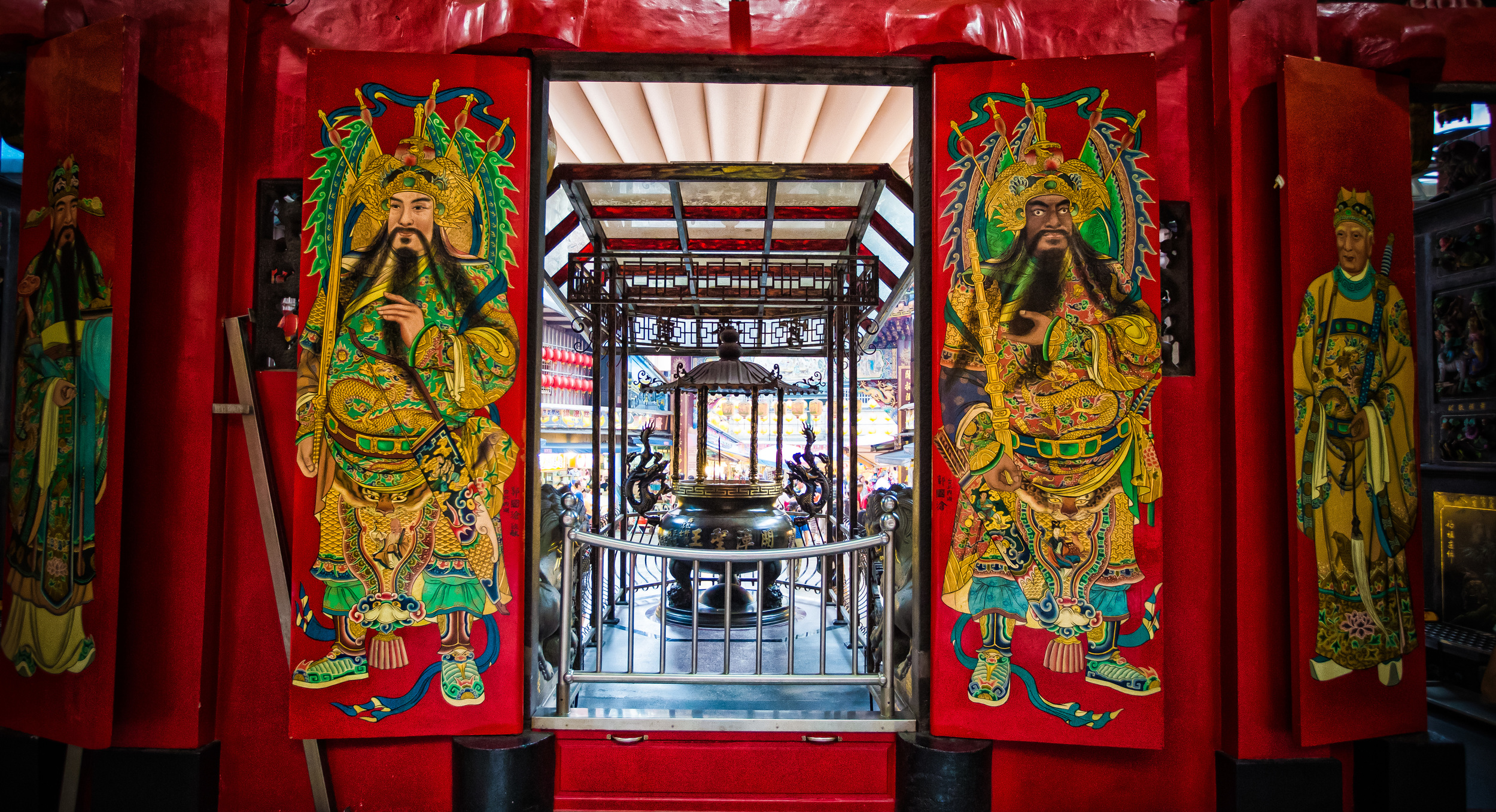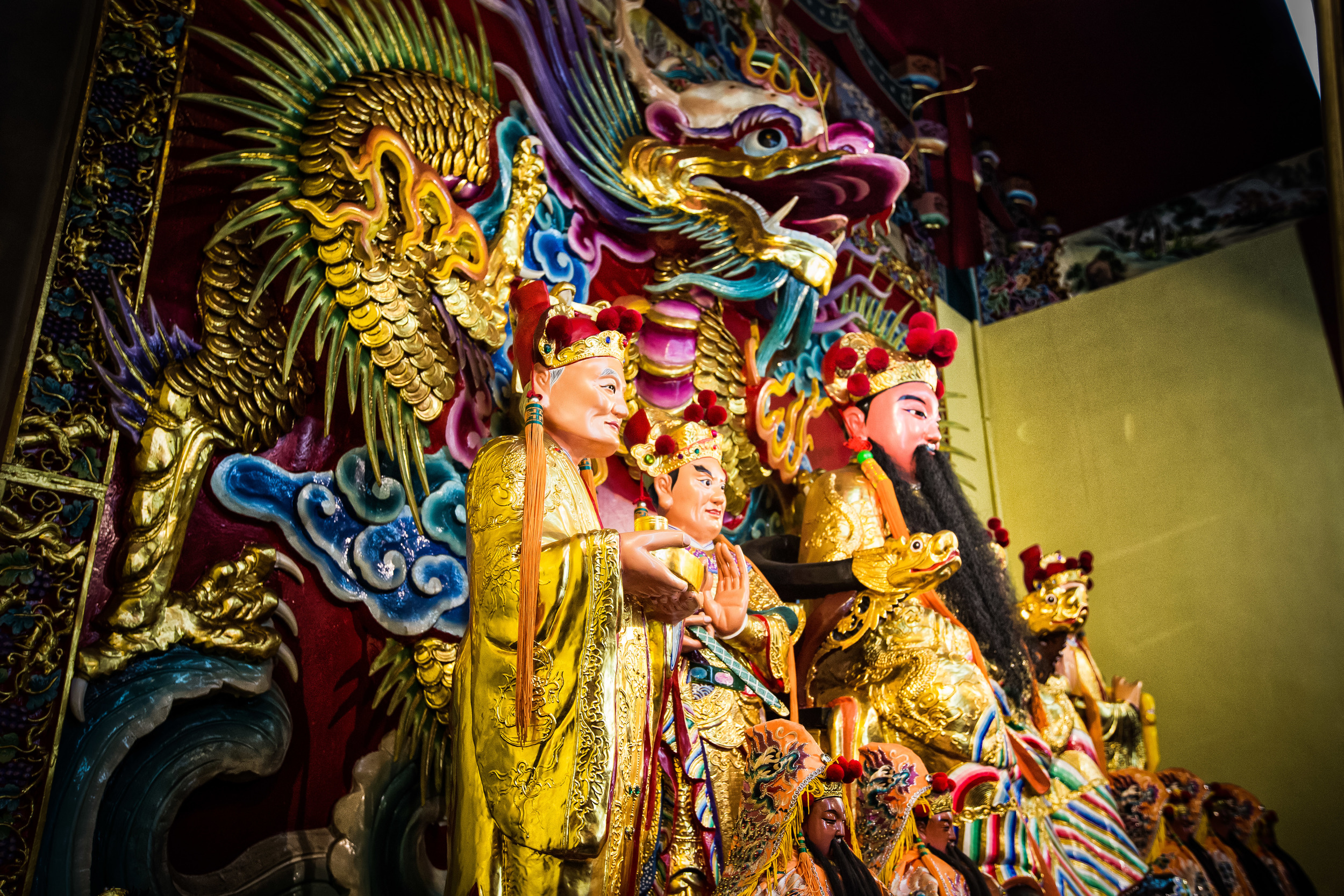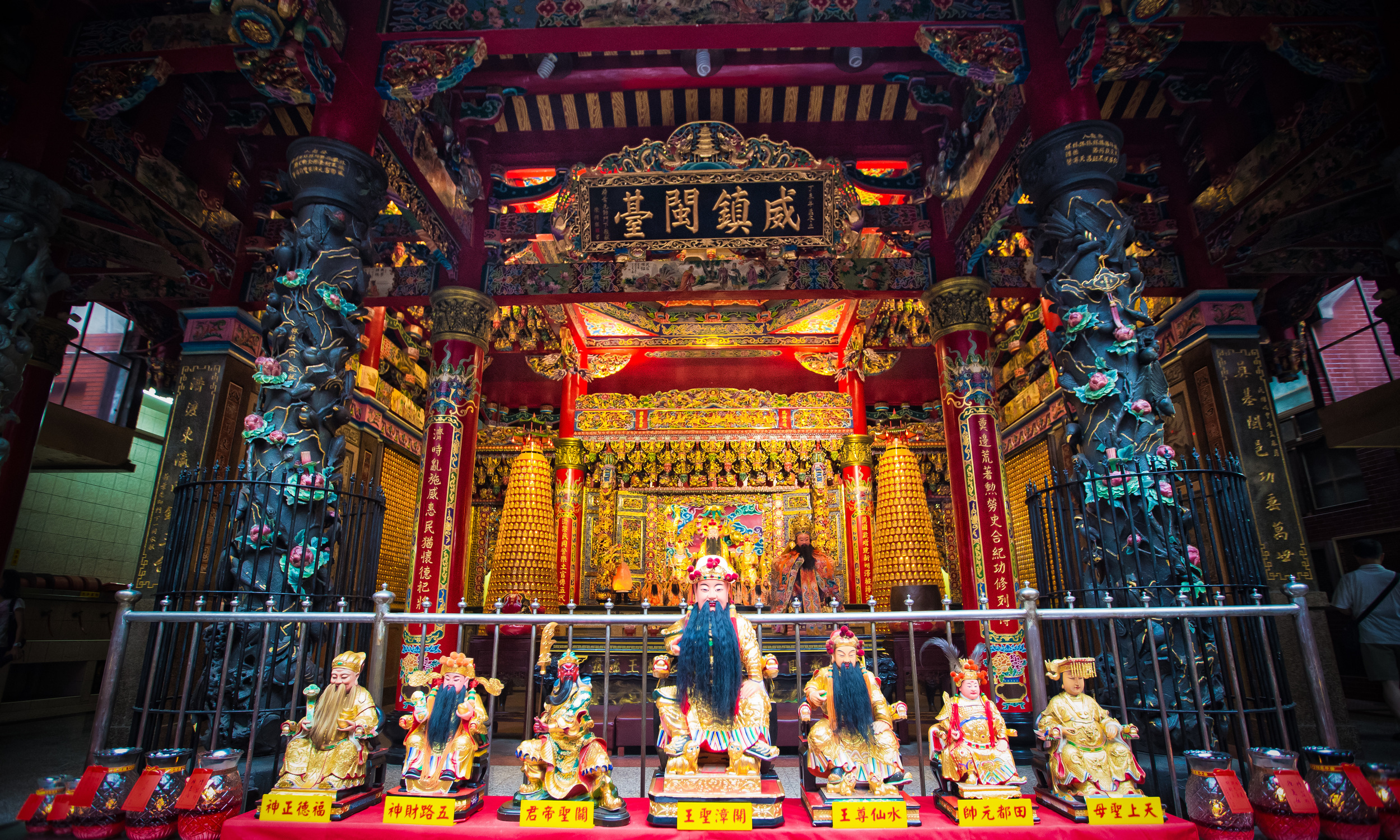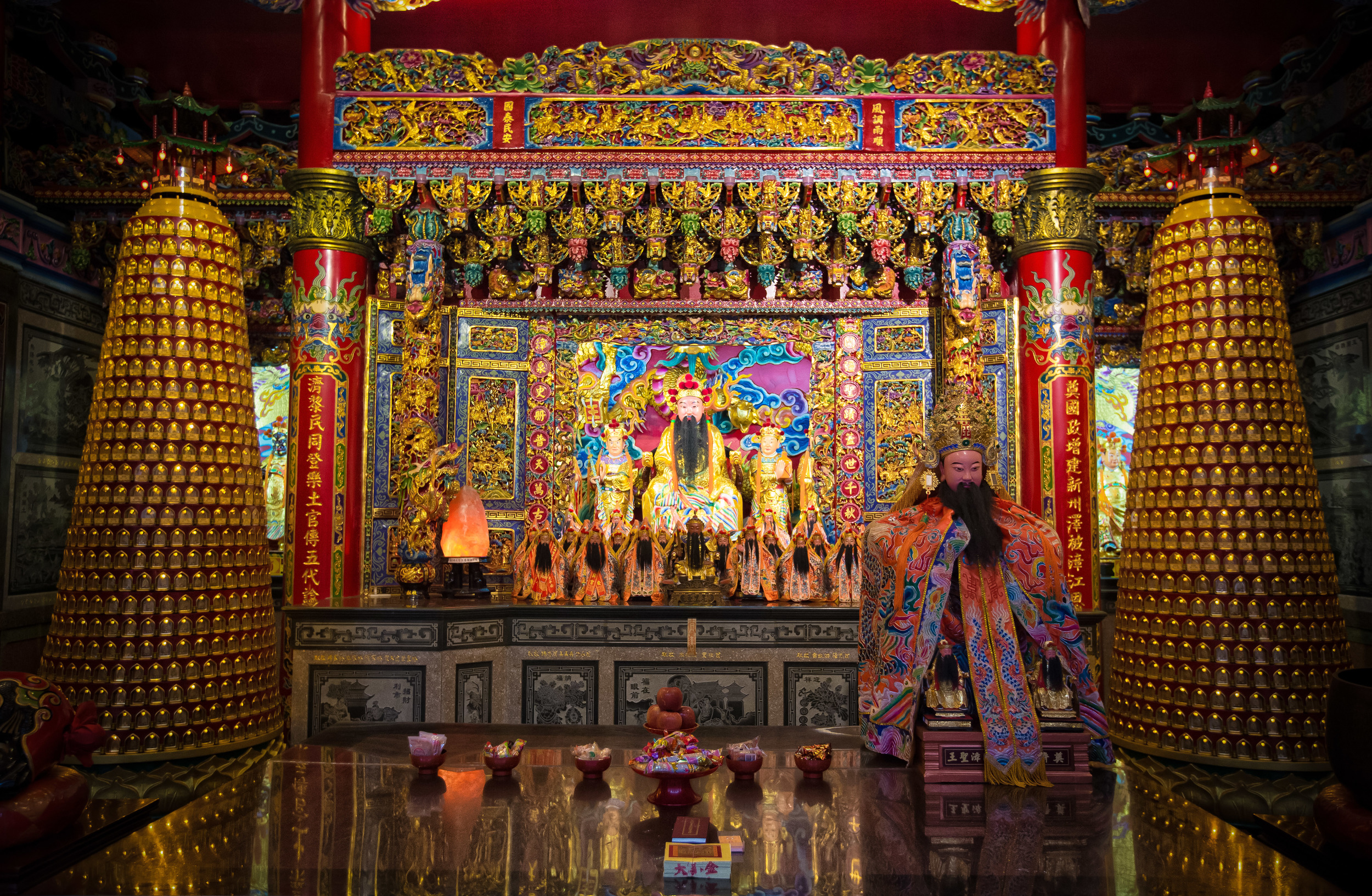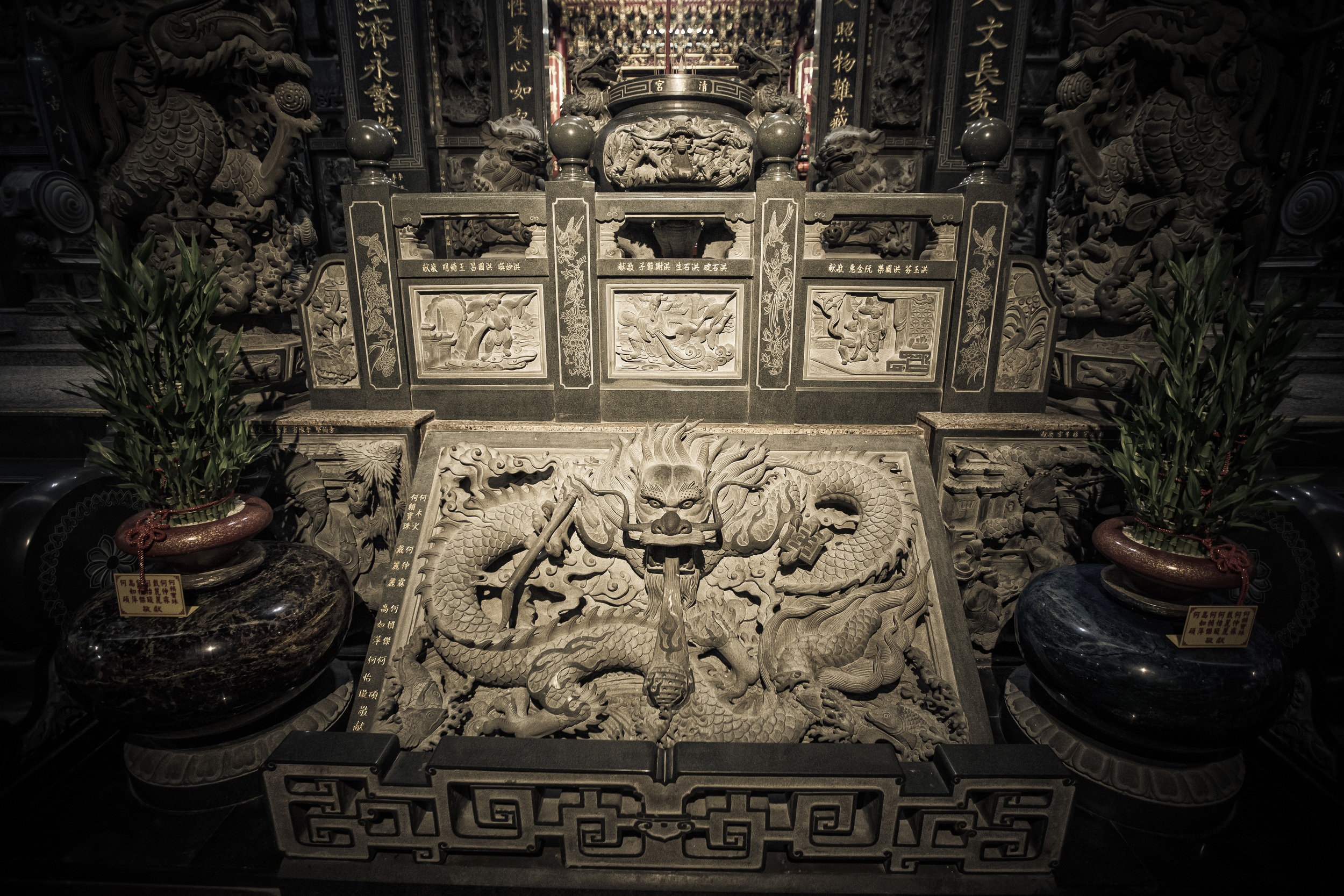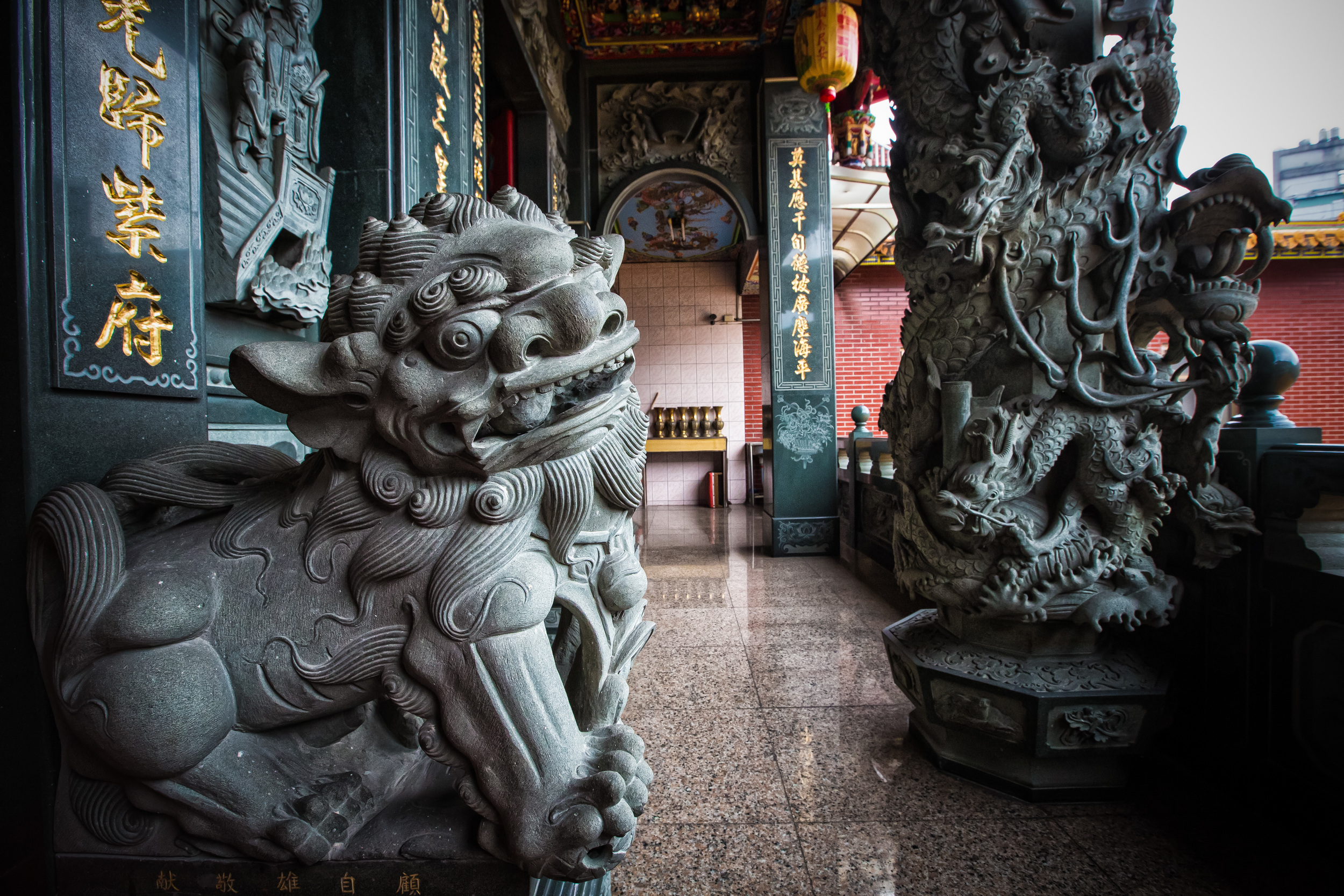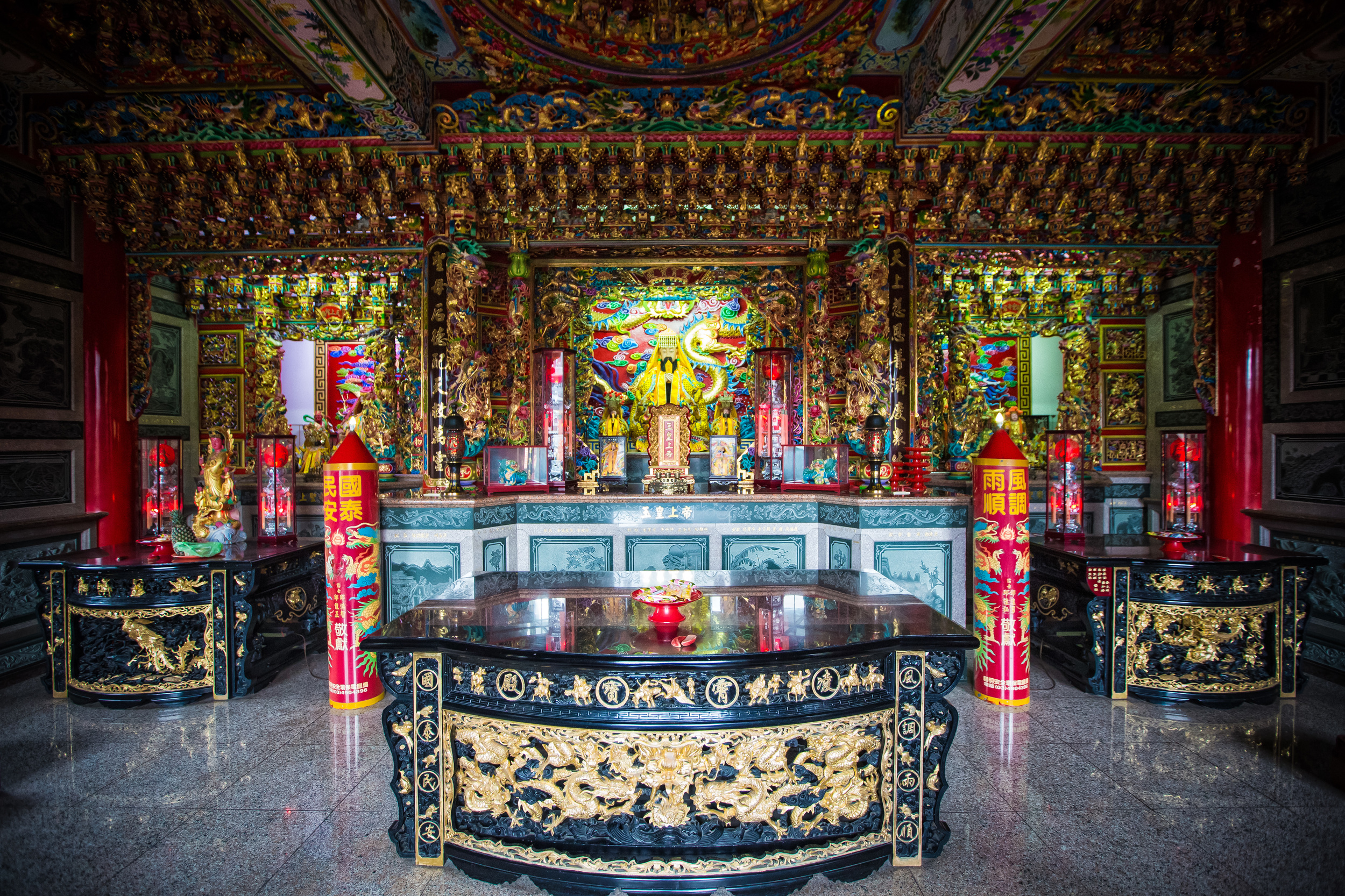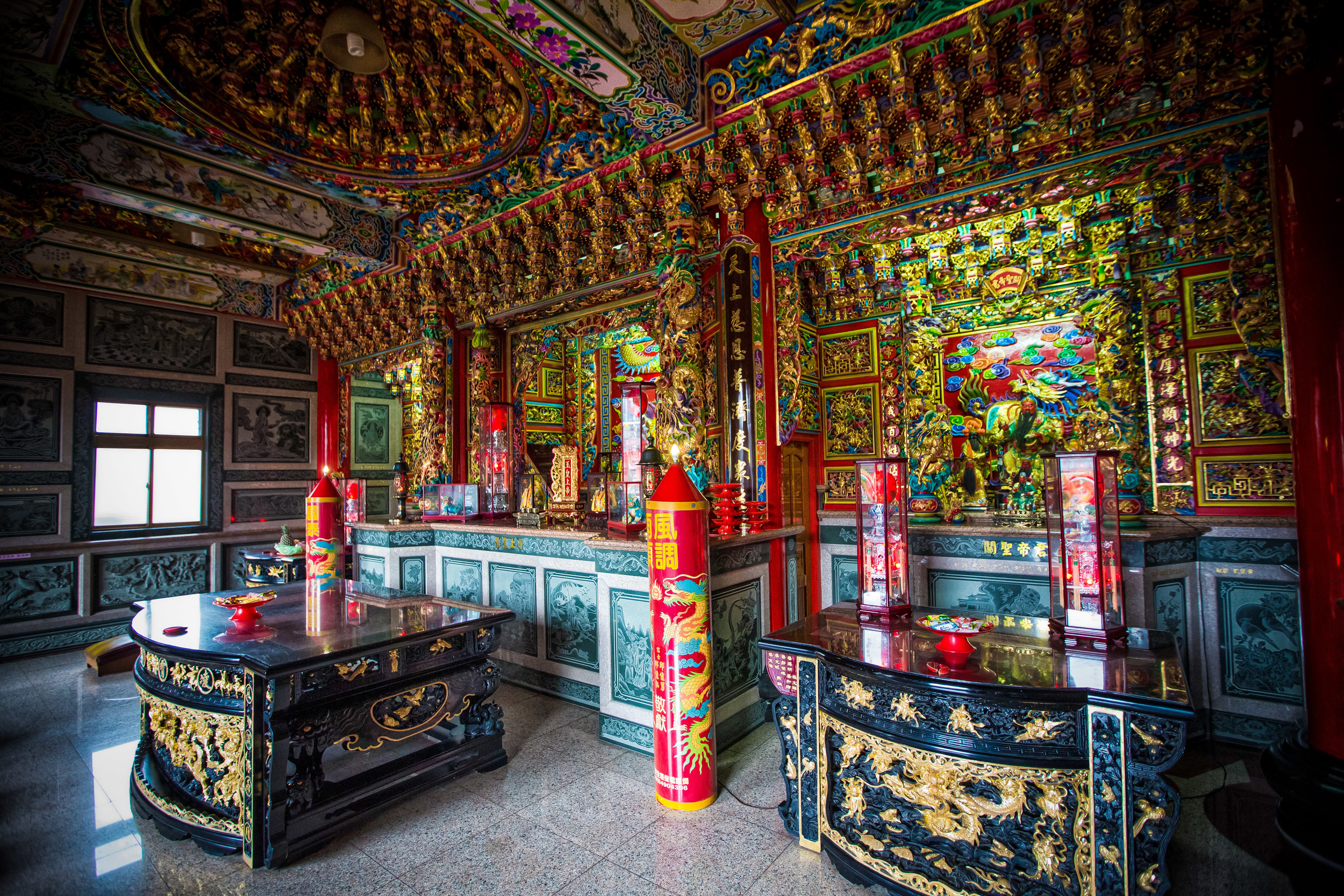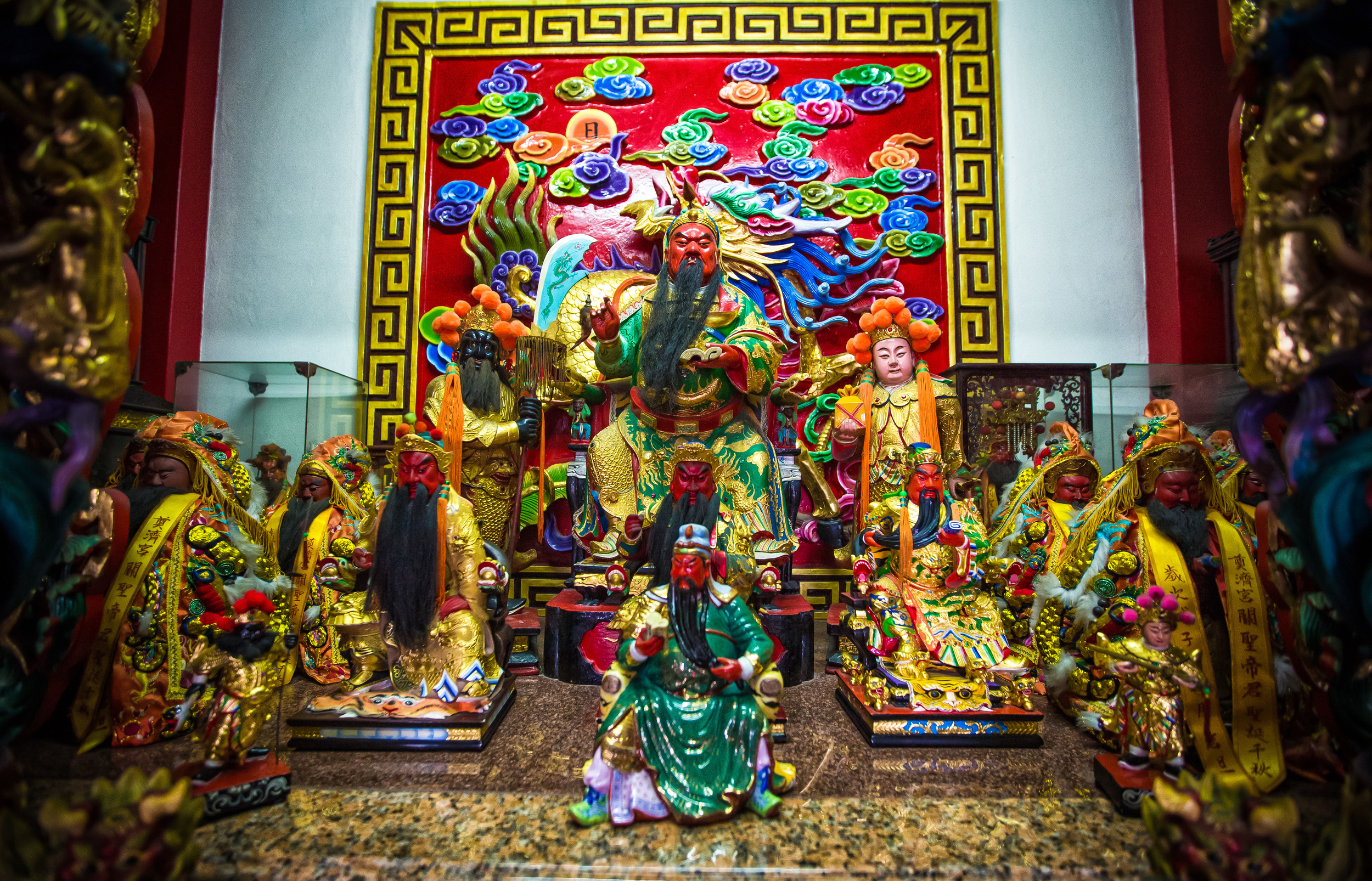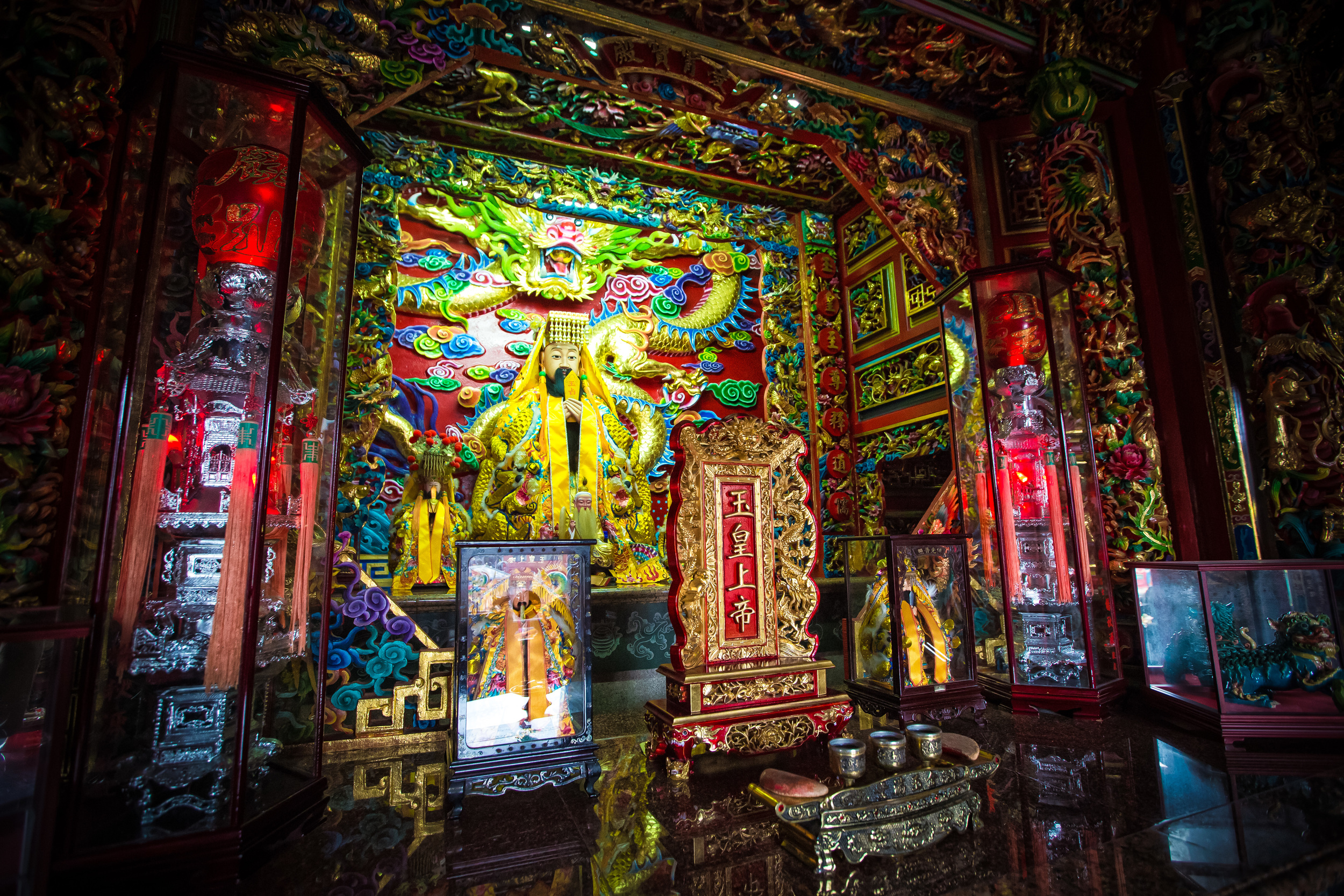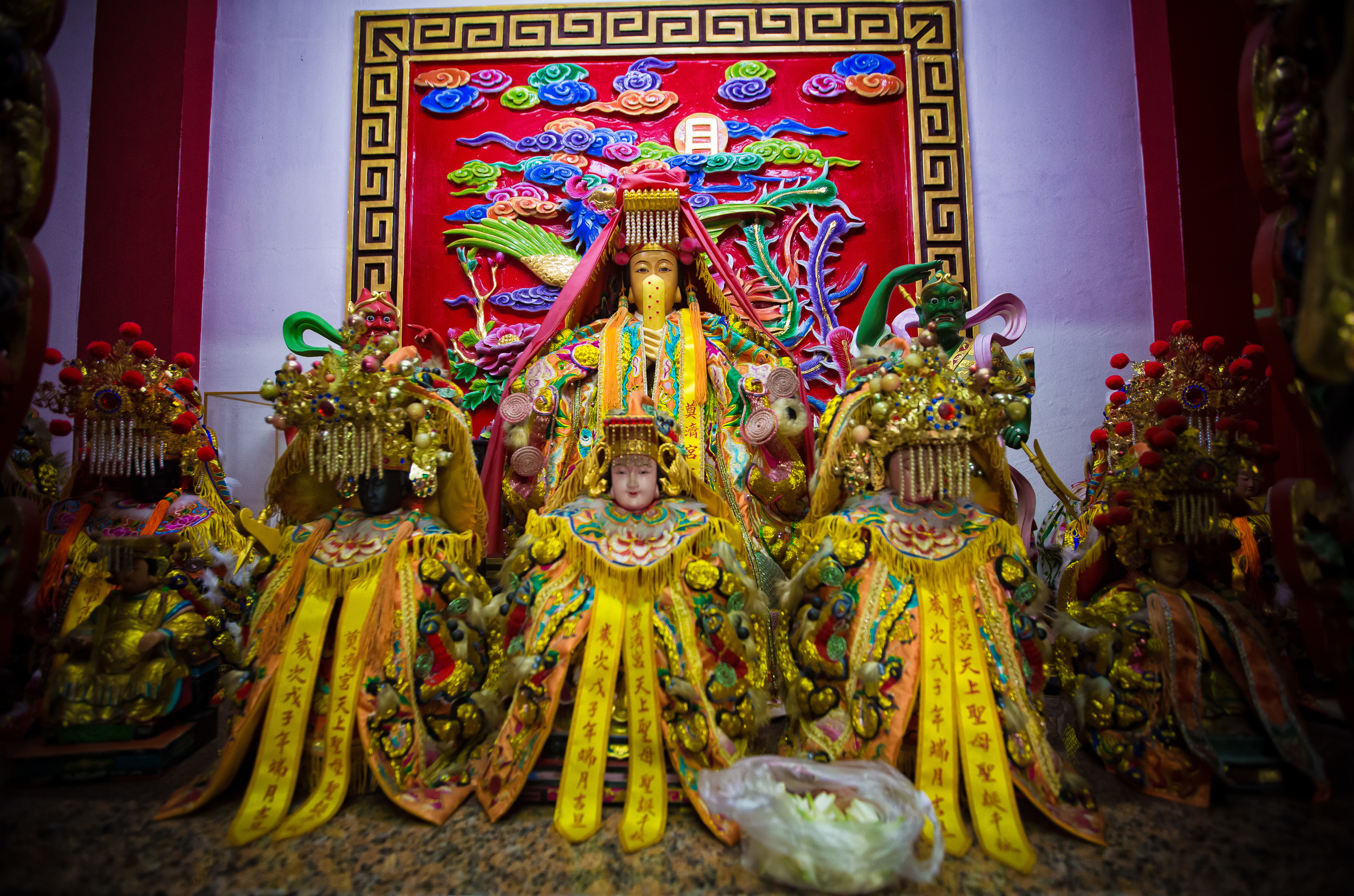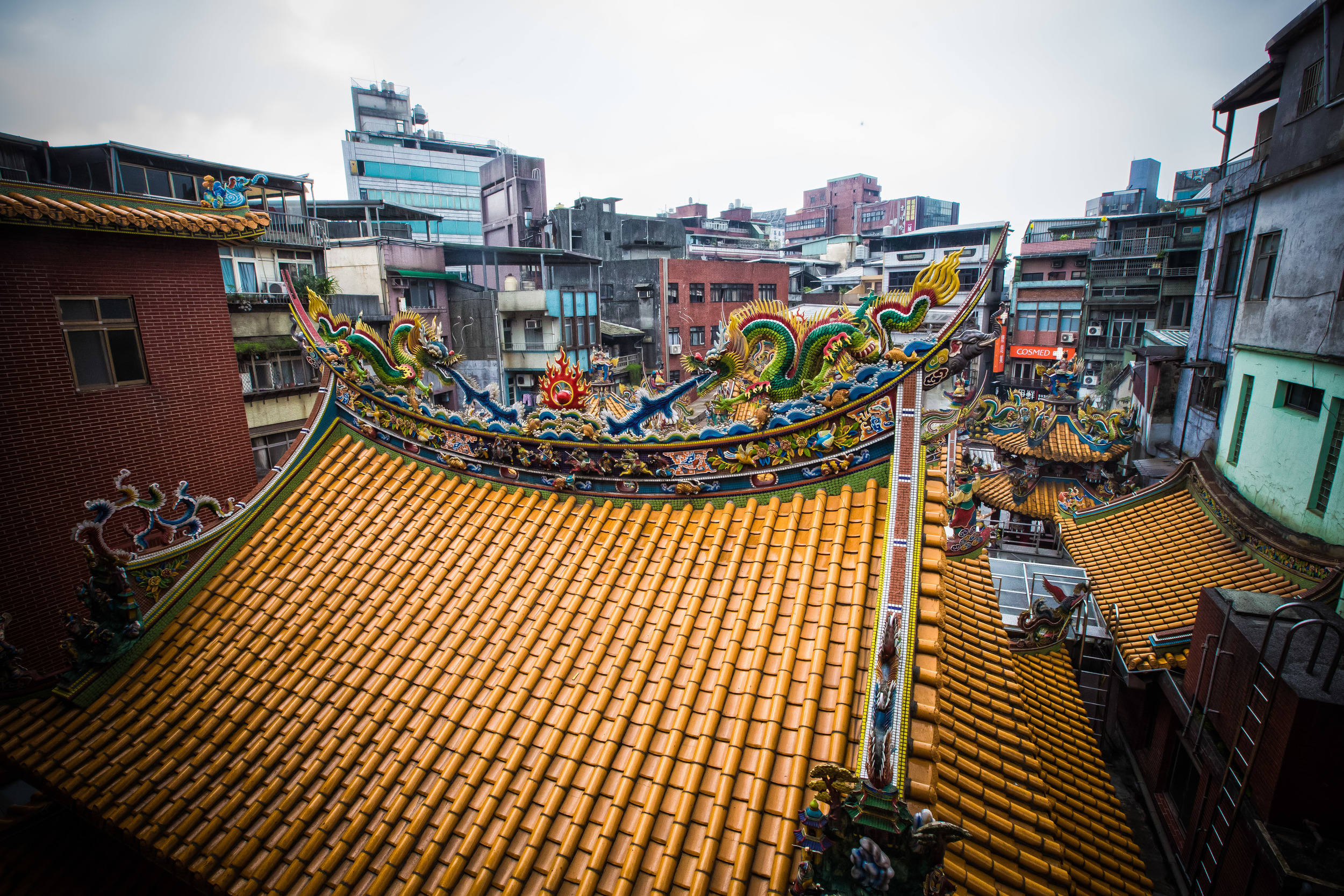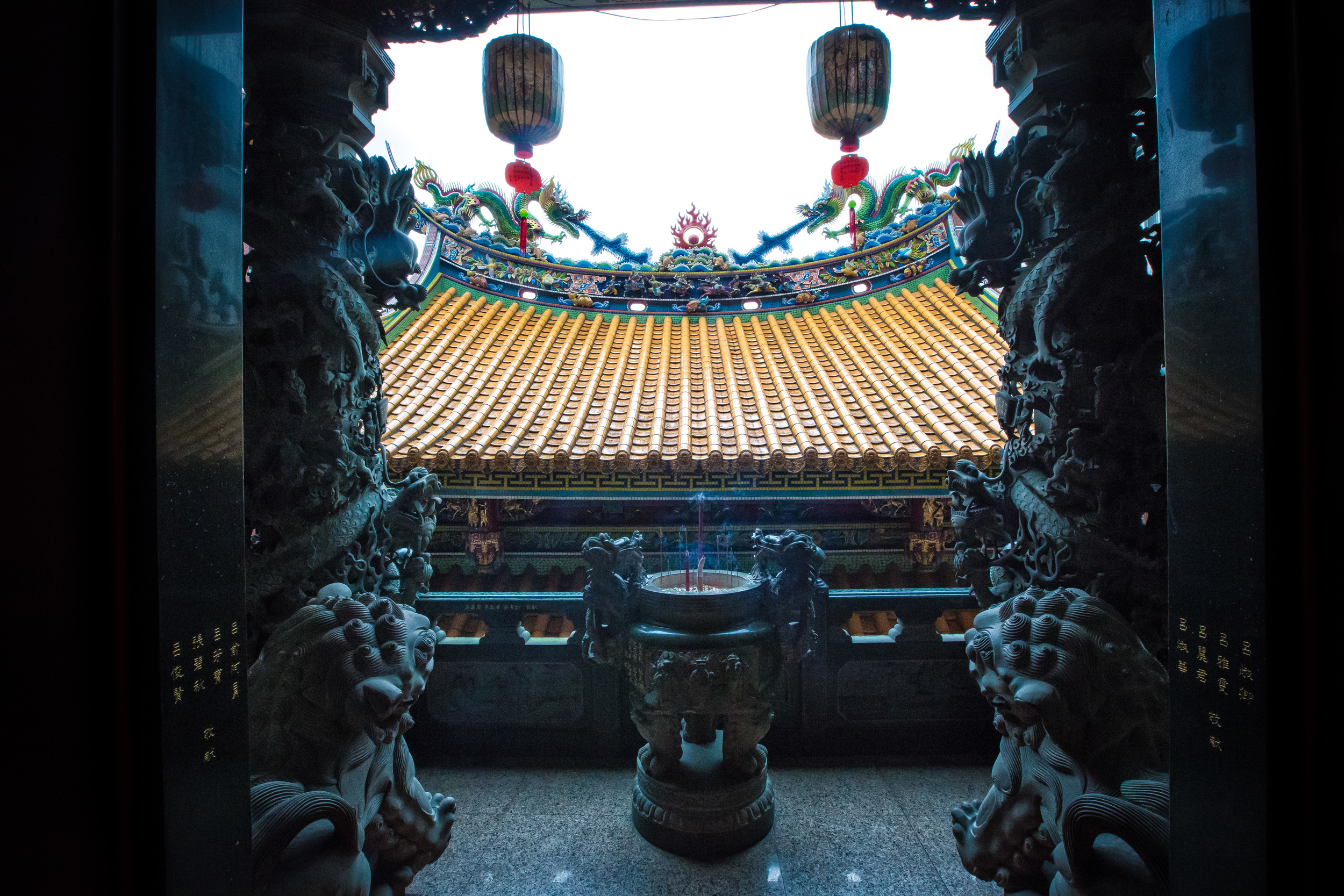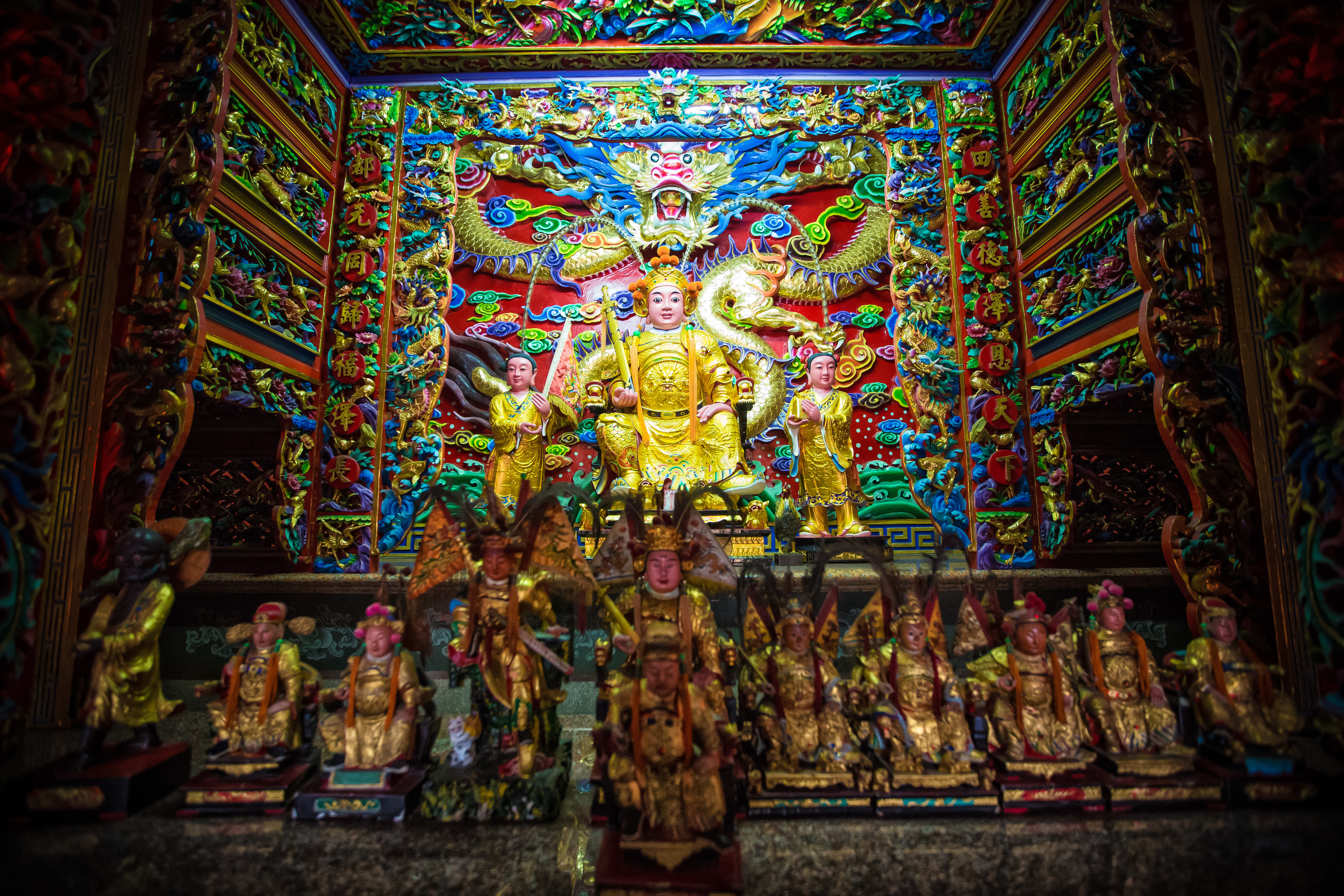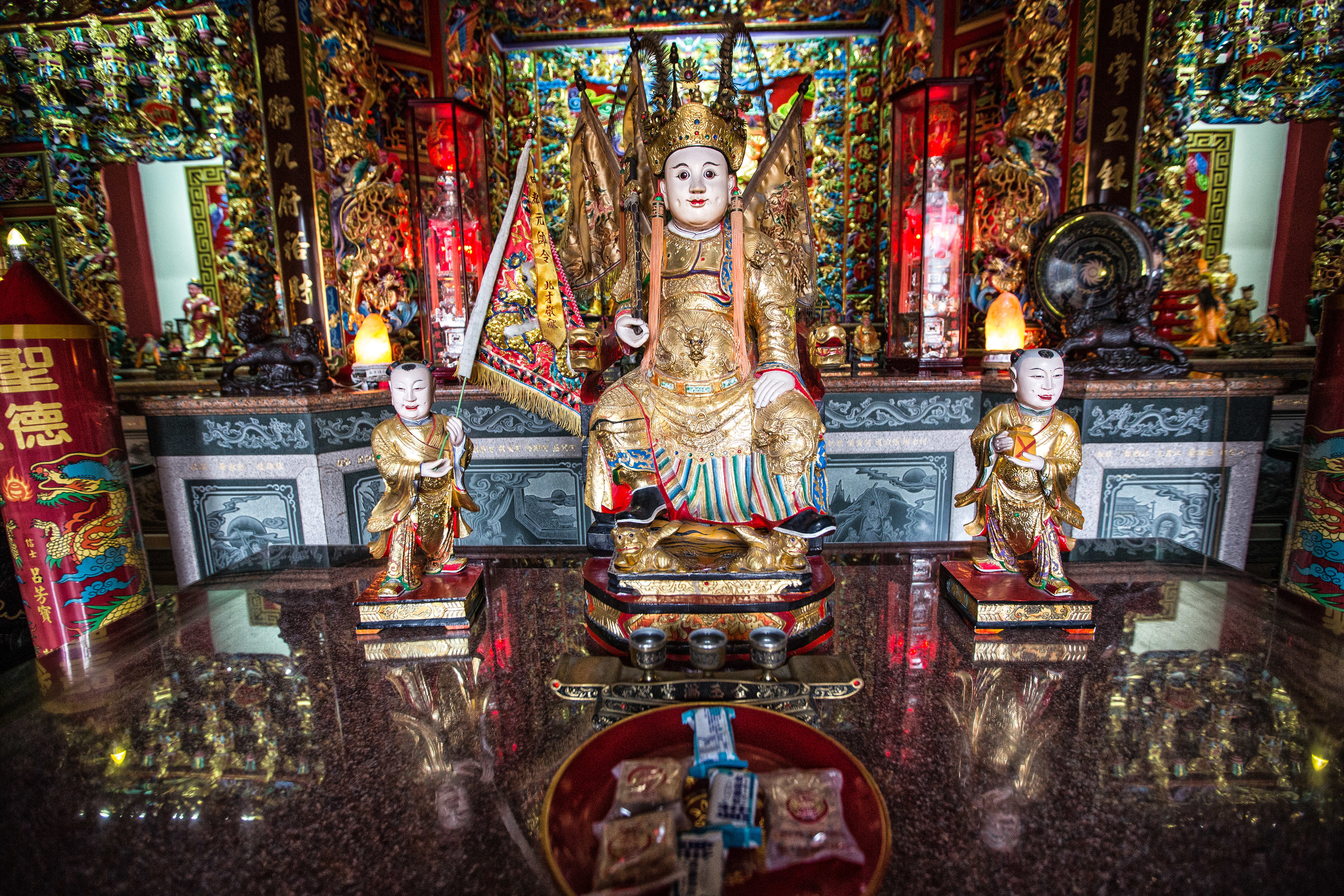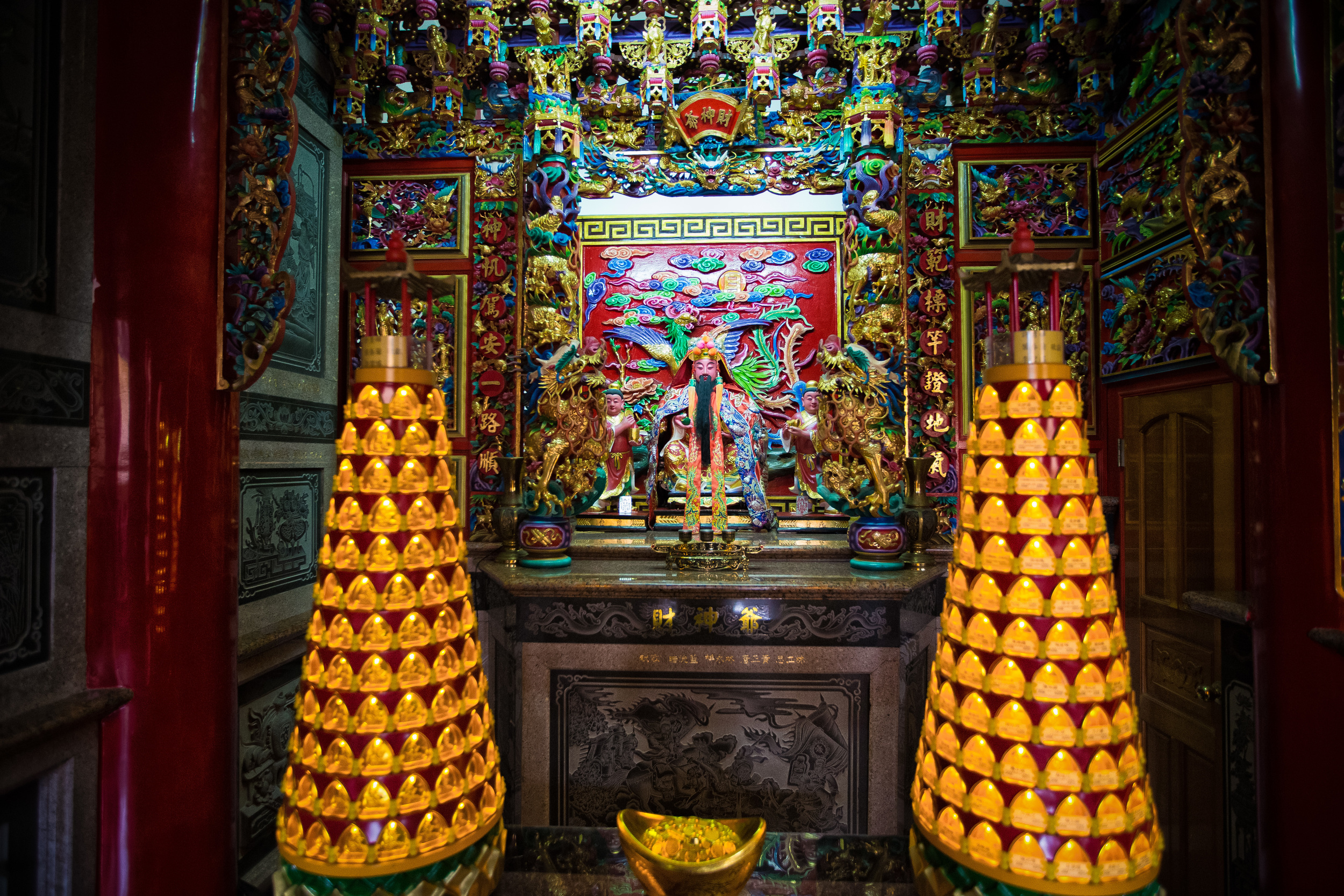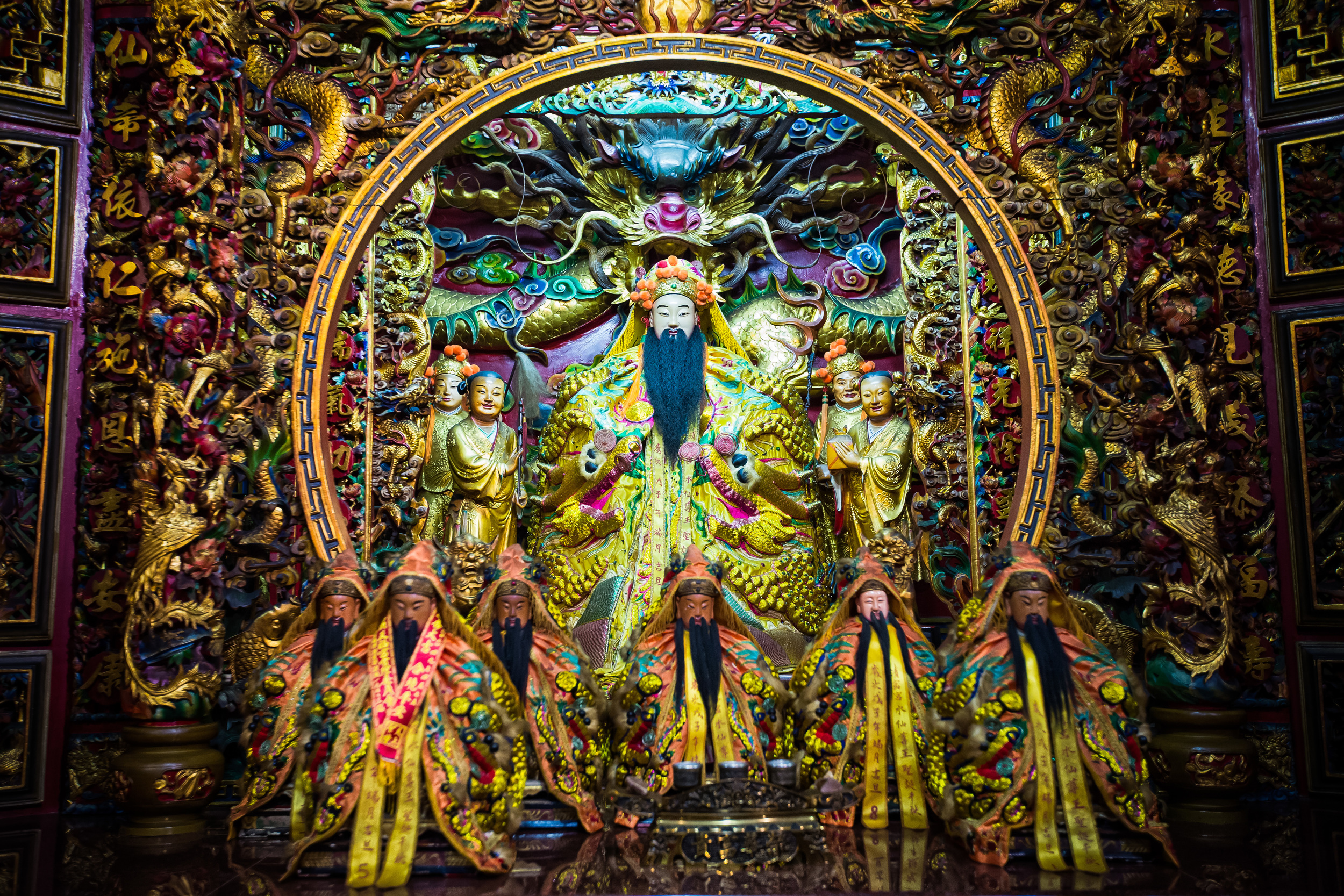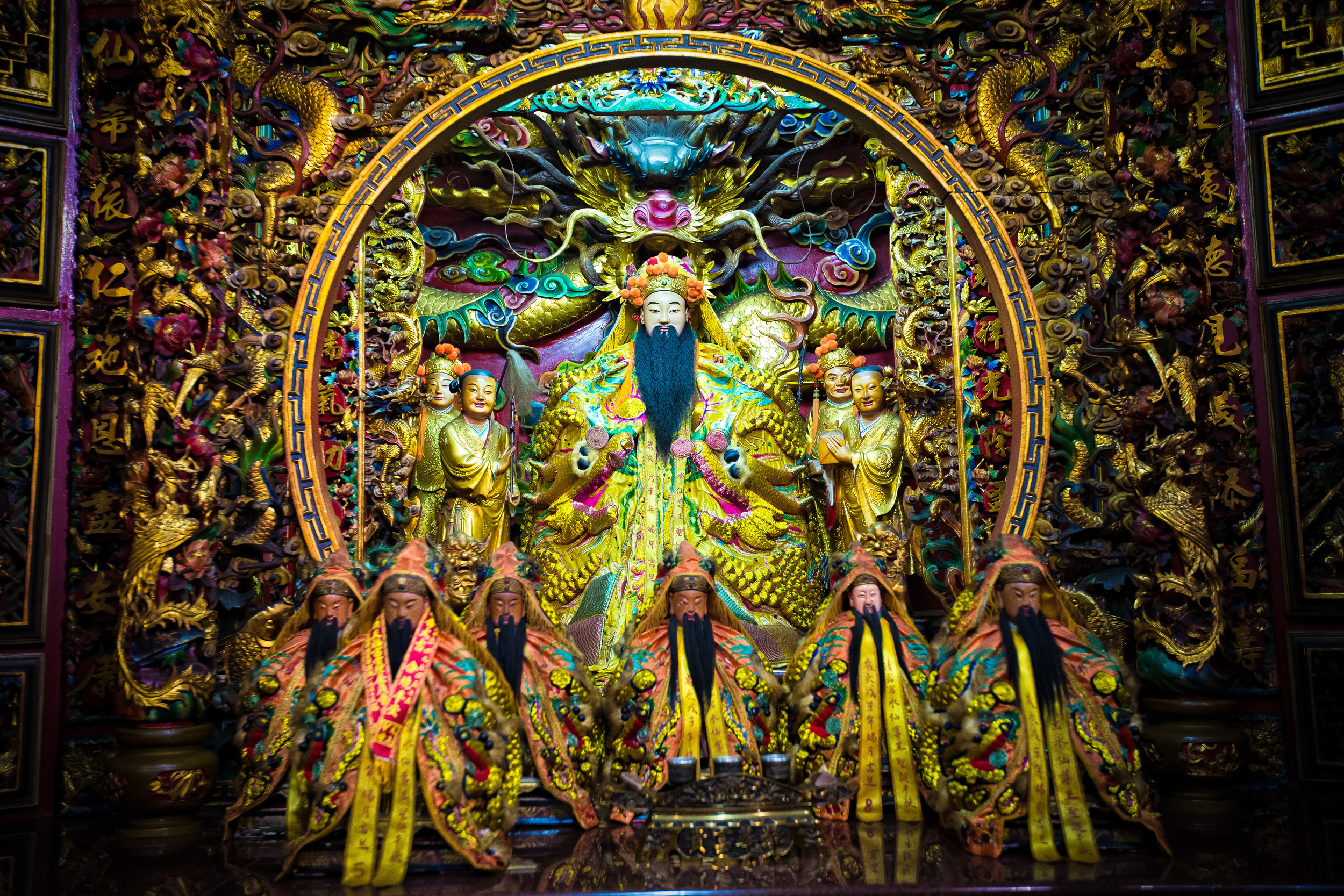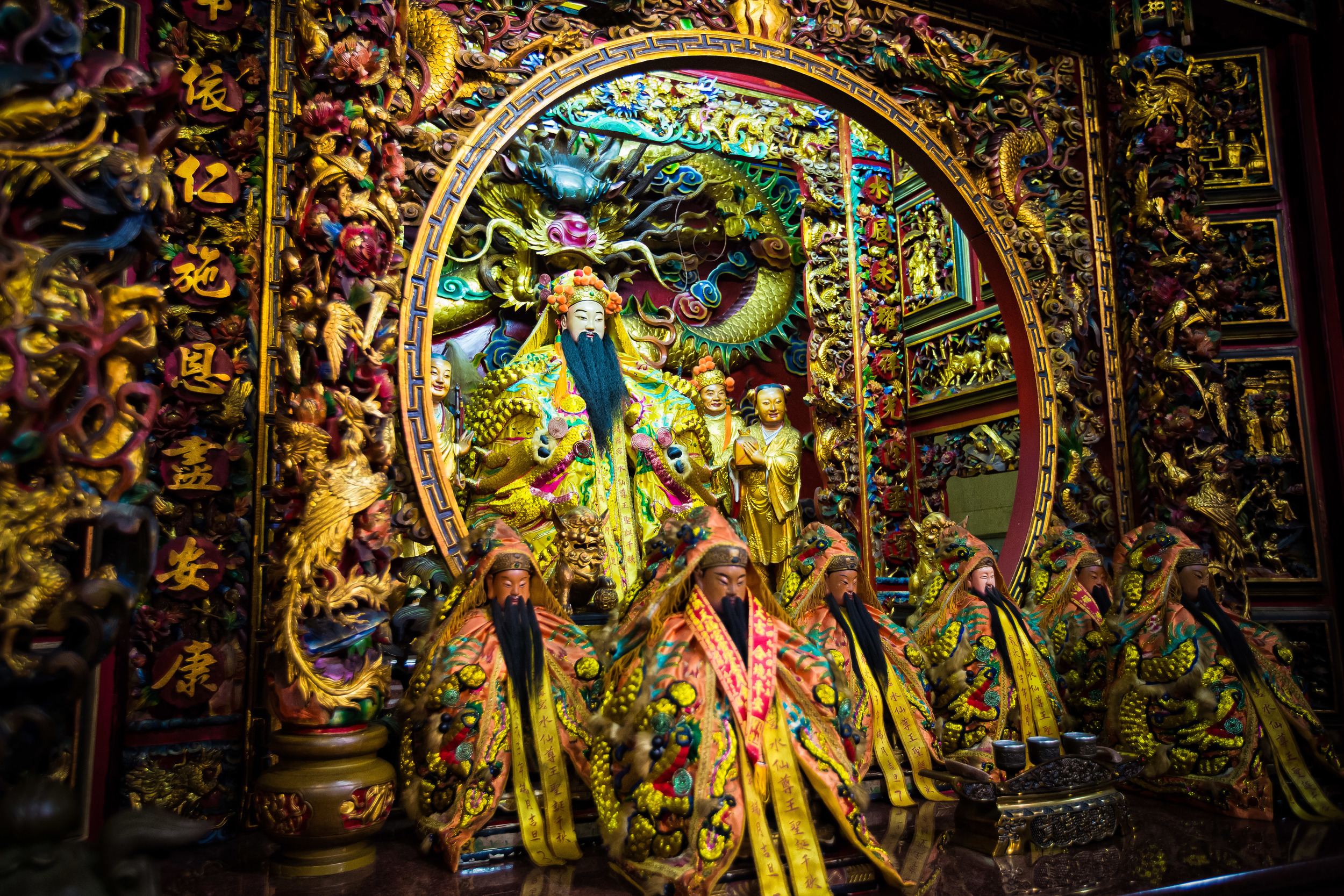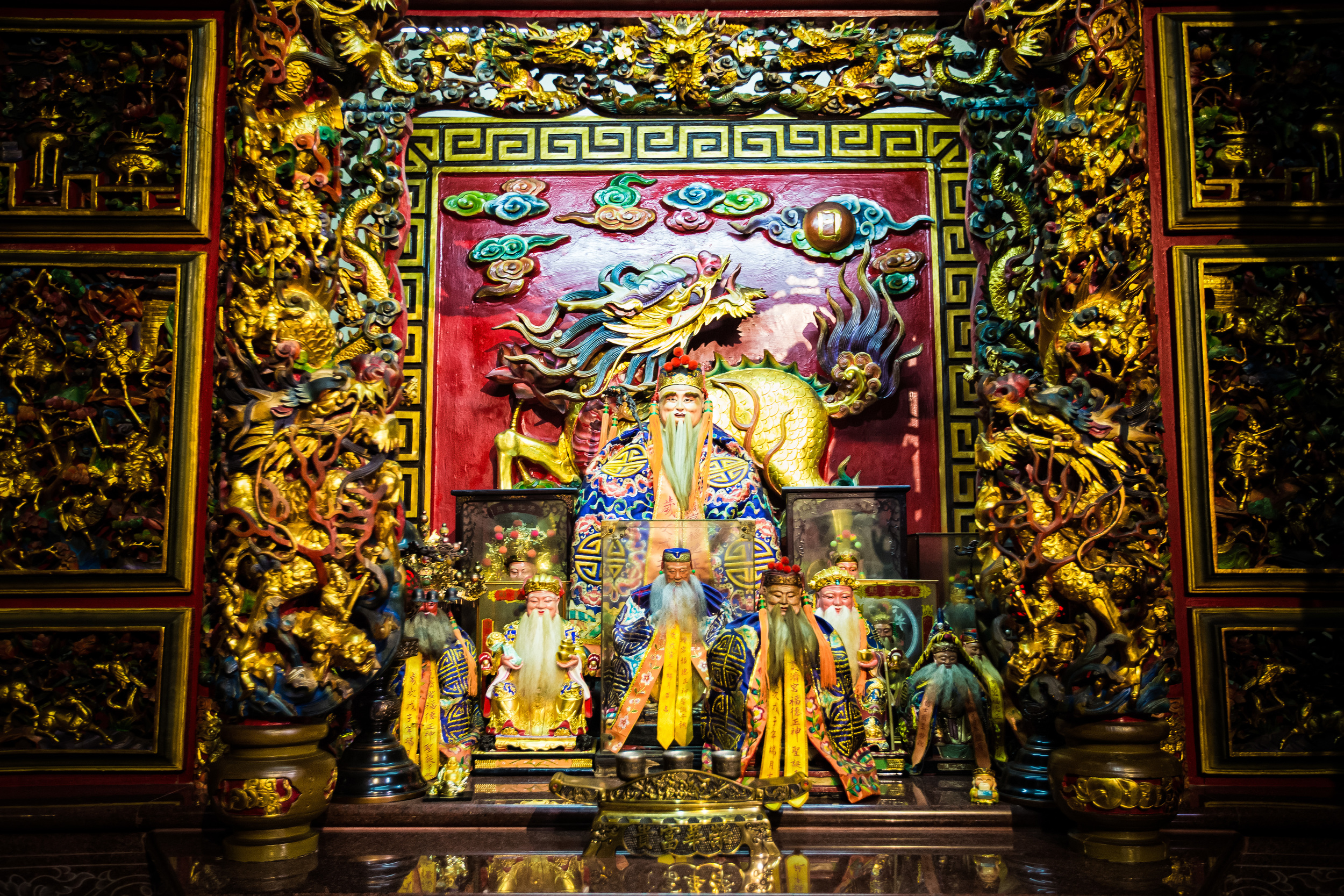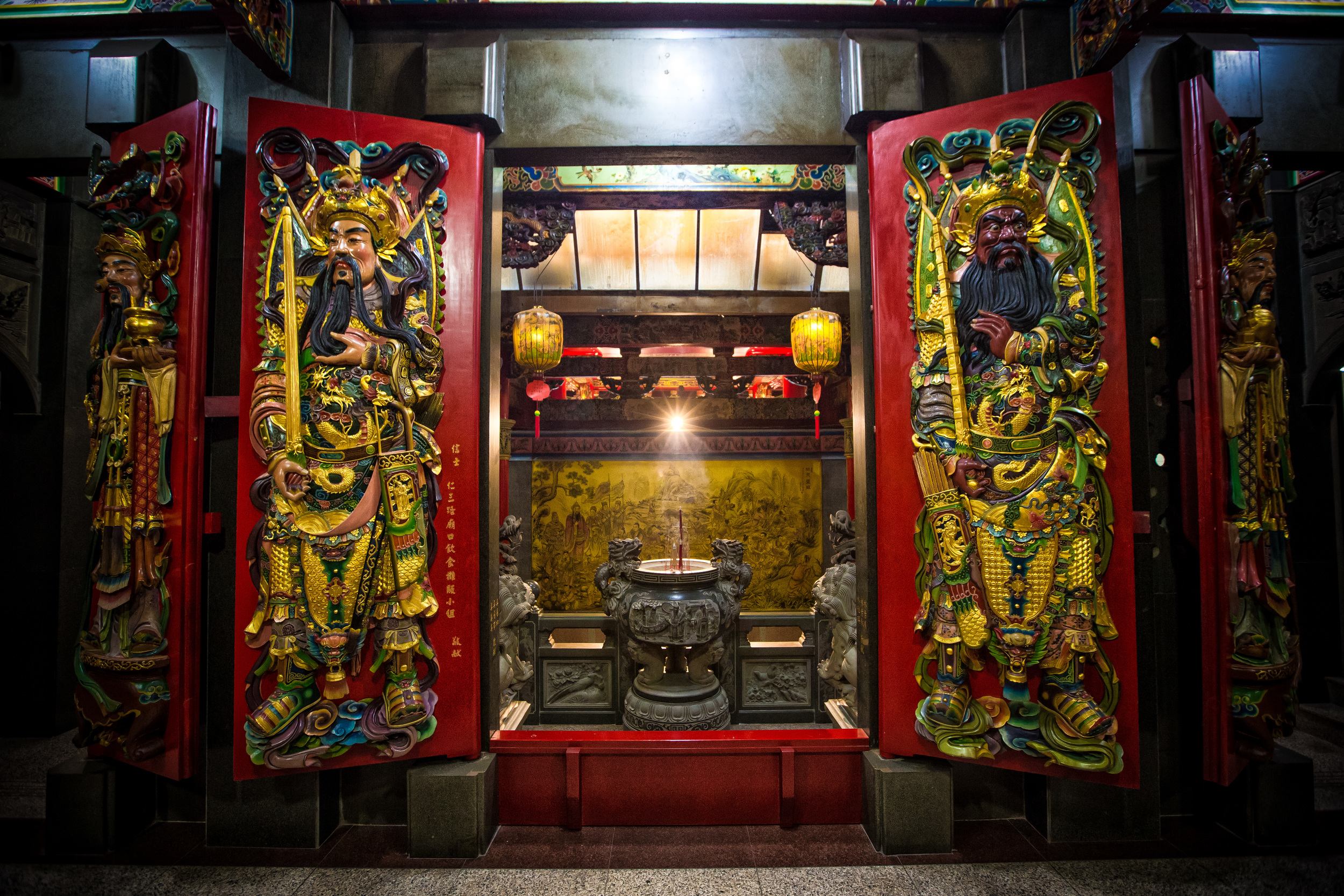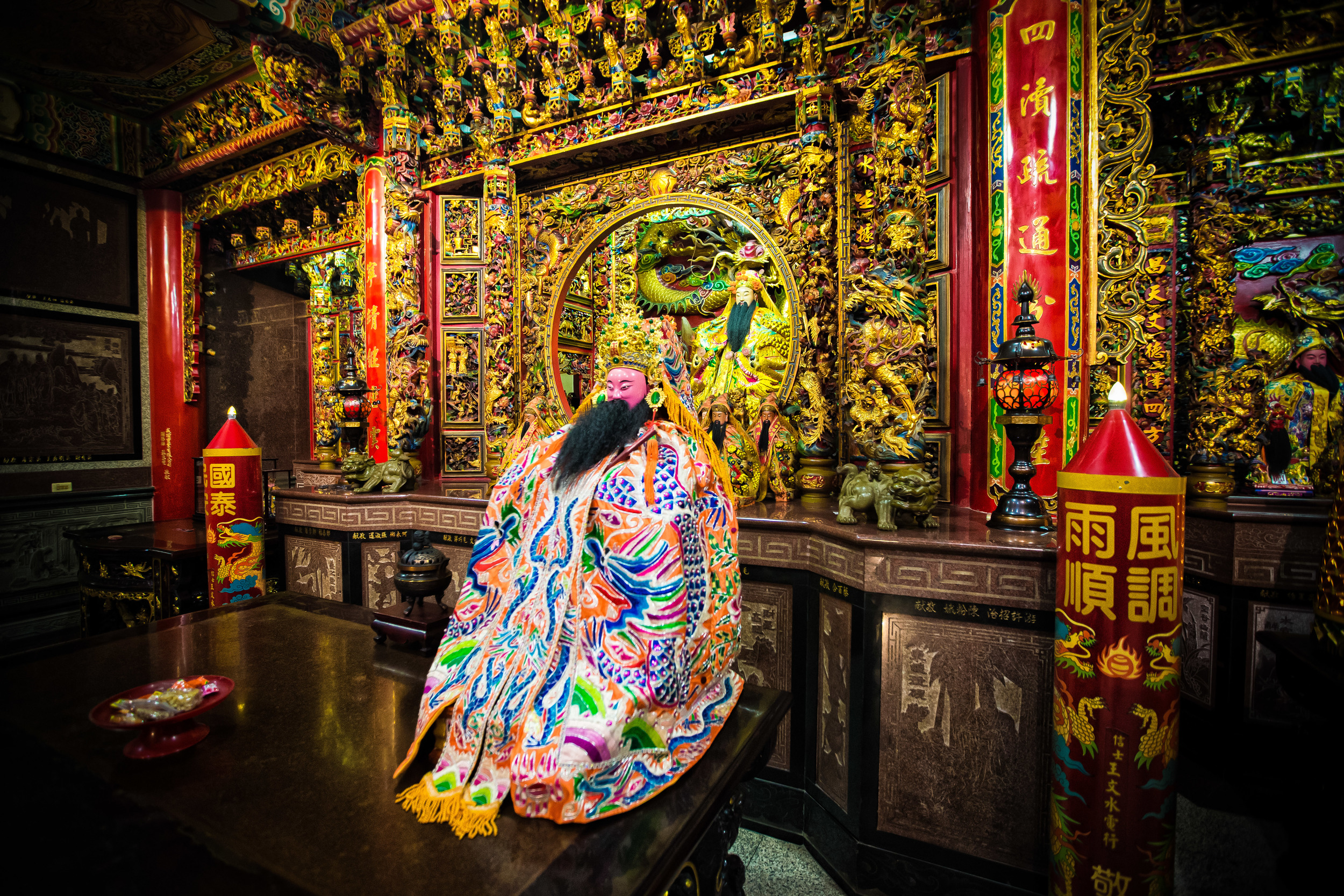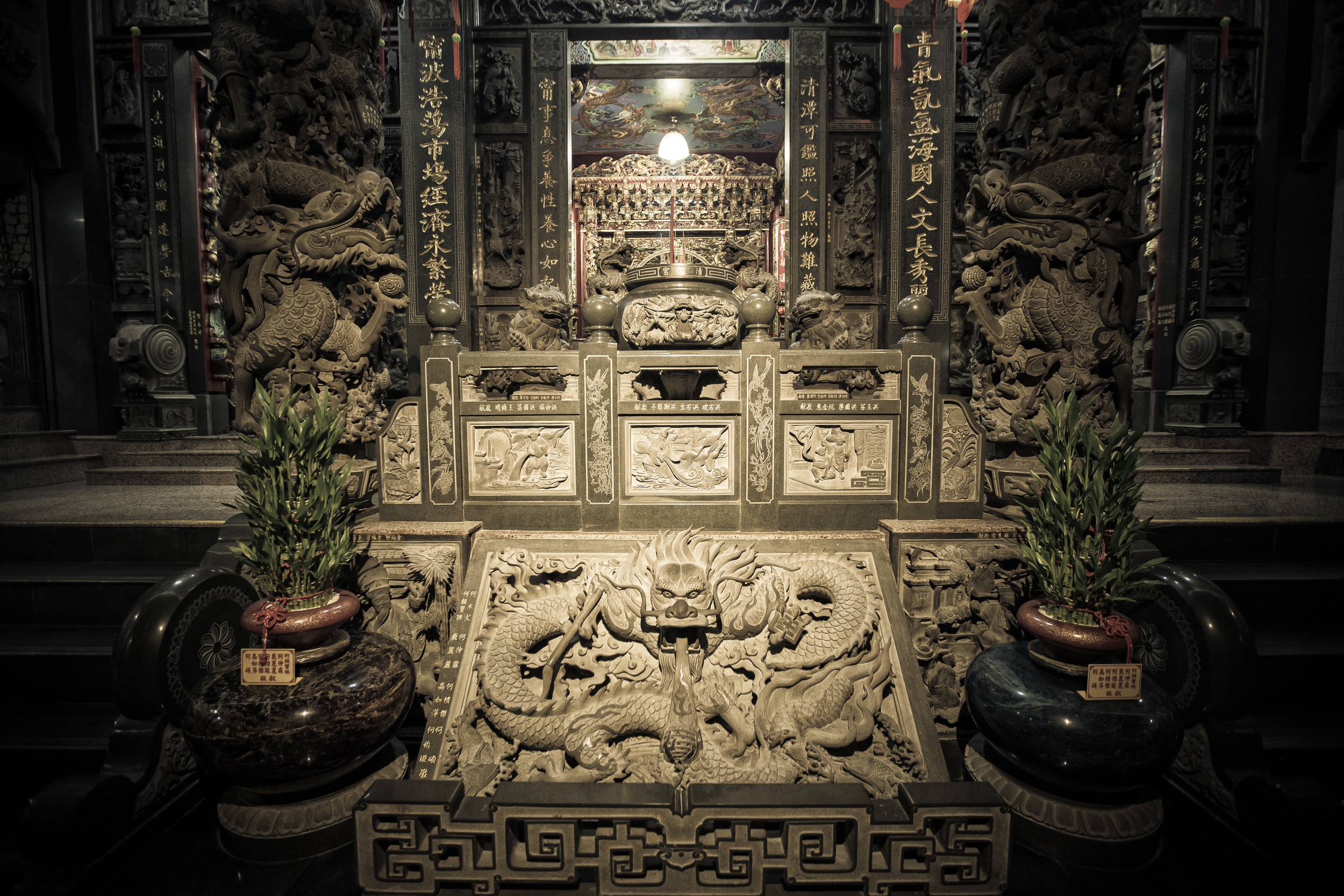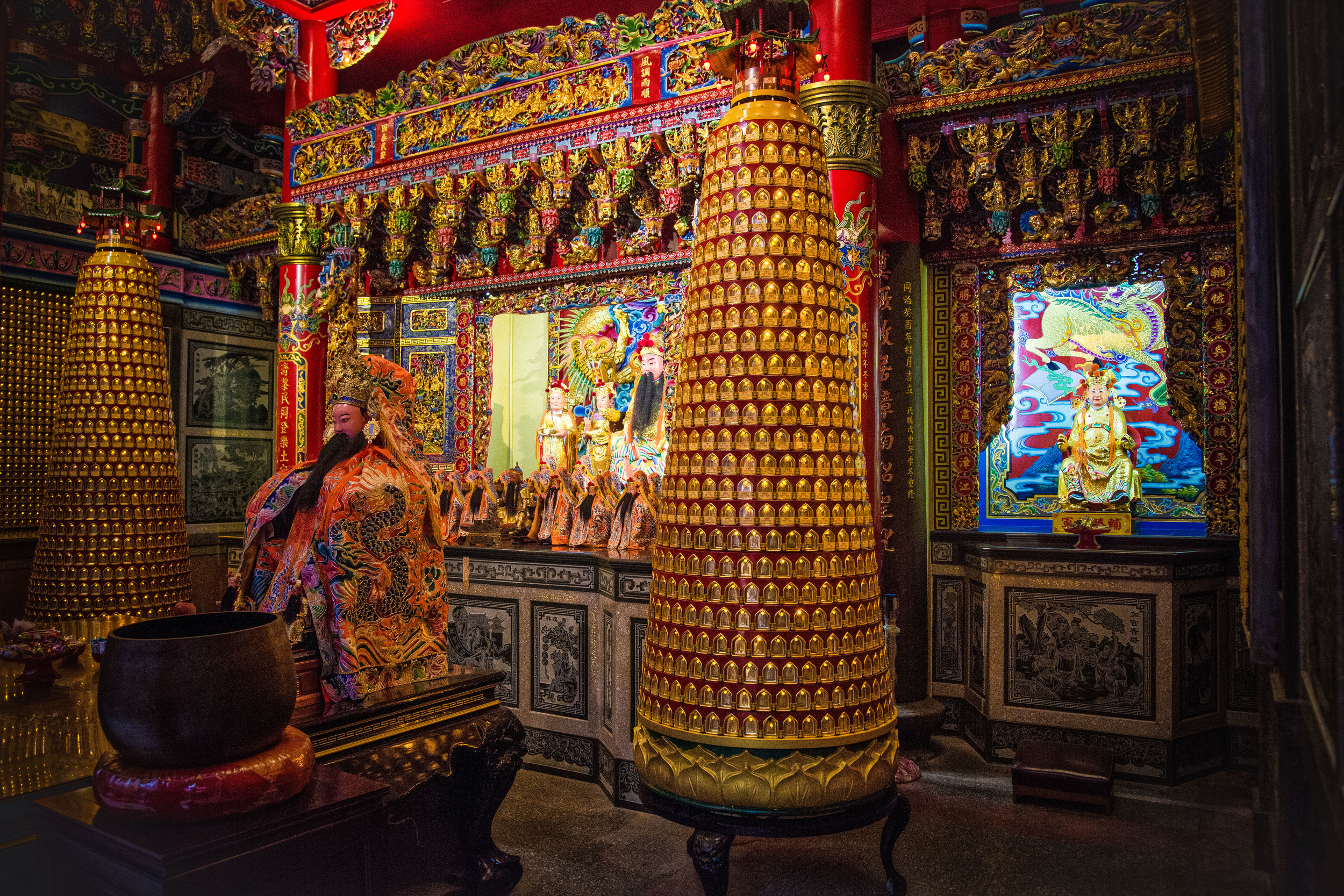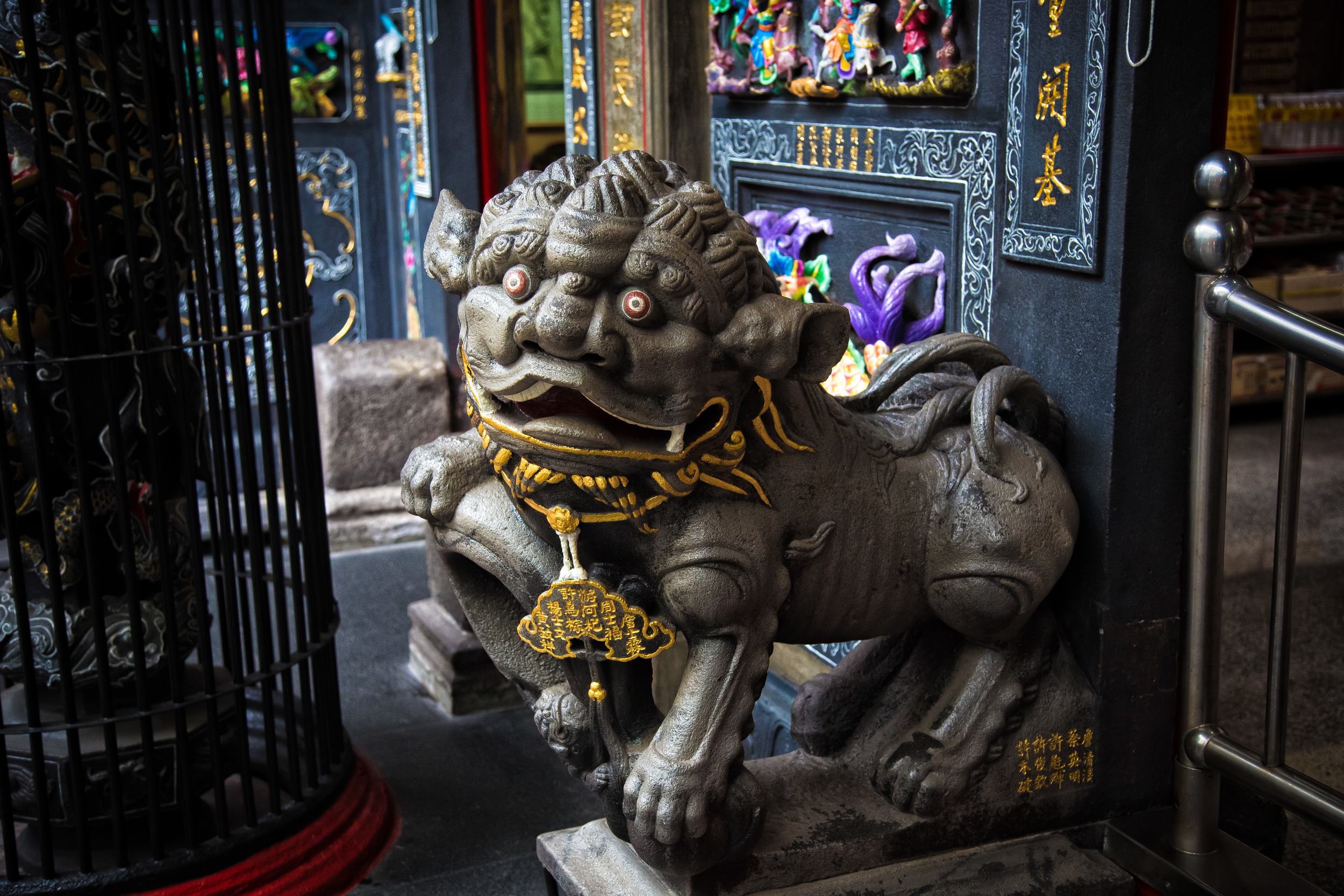It has been a while since I posted photos in my "People of the Night" series of street photos from Taiwan's night markets - Last year I had introduced several of Taiwan's night markets and the people who make them what they are but after fifteen posts I was feeling like I had to move on and put the project on hiatus. I still have plans for other night markets but they will come out periodically over the next year or so.
With this new series from the Keelung Miaokou Night Market (基隆廟口夜市) I'm going to combine photos that were taken last year with some new shots that I took over recent weeks and split it into three different posts with a gallery of all the photos used in the posts as well as those that didn't make the cut in the final post. I will also do what I have normally done by explaining some of the interesting and unique aspects of this particular night market and the people who I've come to recognize after visiting so many times.
The Keelung Miaokou Tourist Night Market is often introduced by Travel guides as a MUST visit on any travellers as the night market is well-known for its diversity of Taiwanese delicacies and being so close to the sea - it's fresh selection of seafood dishes. The night market is jam-packed with Taiwanese and foreigners walking shoulder-to-shoulder every night of the week and it truly is a purely Taiwanese experience that shouldn't be missed while visiting the country.
1. Crab Soup (螃蟹羹)
This first post in the Miaokou Night market series is going to deal with seafood. This night market is particularly well known for seafood so I’m going to start out with a thick soup known as “geng” (羹 or 焿) that has several stalls throughout the market. This type of soup is thick, hearty, full of flavour and also has quite a bit of crab meat inside. Almost all of the crab soup stalls seem to be owned by the Wu family (吳記) and there are several stalls throughout the night market and they likely all serve the same uniform version of soup. Keelung is a coastal city and the area supplies northern Taiwan with most of its seafood. Tourists travel to the city and to the night market for cheap and fresh seafood and this soup is a popular example of that.
2. Takoyaki (たこ焼き) / Octopus Balls (章魚燒)
Takoyaki is a popular Japanese delicacy that originated in Osaka and made its way to Taiwan. You can find Takoyaki stalls all over the country and in any night market. Takoyaki is essentially a ball-shaped snack made of a wheat-flour based batter and a chunk of octopus tentacle in the middle. The balls are prepared on a special molded pan and when they're ready they are placed in a paper tray and the chef applies a special Takoyaki ponzu sauce and another sauce of your choice (I always choose wasabi) and then topped with bonito flakes. These are one of my favourite snacks here in Taiwan and they are always really cheap. In this night market you can be sure that the seafood is fresh meaning that you are likely to have one of the better Takoyaki experiences of your life in Keelung!
3. Giant Shrimp (大蝦)
Shrimp is a popular dish at this night market and this stall sells a variety of large fresh shrimp to customers all prepared in different flavours. It is common in other markets around the country to find vendors selling Thai shrimp in a variety of flavours but not in the Keelung night market - these are all fresh shrimp taken from the ocean near Taiwan. Stalls like this can be expensive depending on the size of the shrimp and the price depends on the market value of the day. I'm a big fan of Pepper shrimp (胡椒蝦) and Spicy Sichuan (麻辣蝦) flavours while friends of mine like the garlic and lemon flavours. If you're visiting the Miaokou night market you may want to splurge a little to get some of the seafood that the market is famous for and this is probably a pretty good choice!
4. Fried Shrimp and Bite Sized Crabs (蝦猴 / 一口蟹)
Taiwanese people love deep-fried foods, they're also big fans of fresh seafood and anything bite-sized (一口吃). What better combination could there be than bite-sized crabs deep fried with Japanese tempura? This is a popular stall within the night market as the prices are set and the boss just fries up a bag of deep-fried shellfish goodness for customers. The shells of the crabs and shrimp at this stall are edible and you don't have to worry about making a mess with your hands! There are different size portions available and the boss will also sprinkle some chilli sauce or or the absolutely delicious Taiwanese style mixed salt/pepper concoction (胡椒鹽) to make it even more delicious!
5. BBQ Seafood (海鮮烤肉)
This particular vendor is a fun one to visit as its not your typical night market stall. It's more of a restaurant that has tables and seating along the side of the road. You just order the seafood you want and the chef will grill it up for you and serve it to your table. Vendors like this typically also have draft beer on tap and you can leisurely sit down with friends and have a big feed of fresh seafood while thousands of people walk past you. Stalls like this remind me of the Temple Street Night Market in Hong Kong where you take a seat along the road and order some really amazing HK-style crab dishes. Here in Taiwan though vendors like this specialize in Japanese-style grilling and the flavours of the seafood are more important than what was used to season it. Stalls like this can be a bit pricey but they are fun and the food is always really good!














